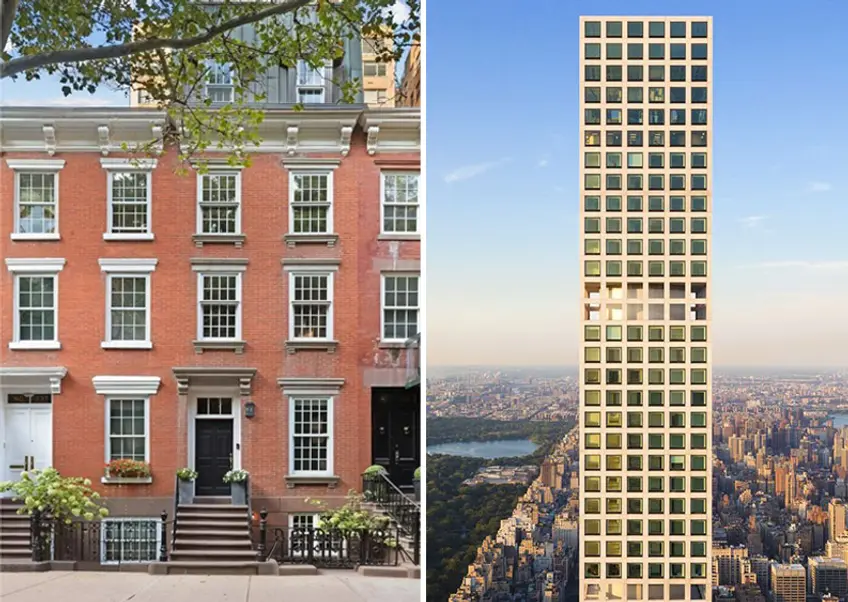 239 East 78th Street and 432 Park Avenue
239 East 78th Street and 432 Park Avenue
Owning a single-family home has long symbolized the American Dream, a sentiment echoed in certain parts of New York City for over a century. As the city evolved, the allure of apartments offering views and conveniences gained favor, albeit at the cost of space and privacy.
While multi-family buildings now dominate the urban landscape due to high land values, the pandemic has sparked renewed interest among affluent buyers in more gracious traditional layouts as well as the grand proportions of townhouses. Below, we look at the pros and cons the pros and cons of townhouse living versus apartment living.
While multi-family buildings now dominate the urban landscape due to high land values, the pandemic has sparked renewed interest among affluent buyers in more gracious traditional layouts as well as the grand proportions of townhouses. Below, we look at the pros and cons the pros and cons of townhouse living versus apartment living.
In this article:
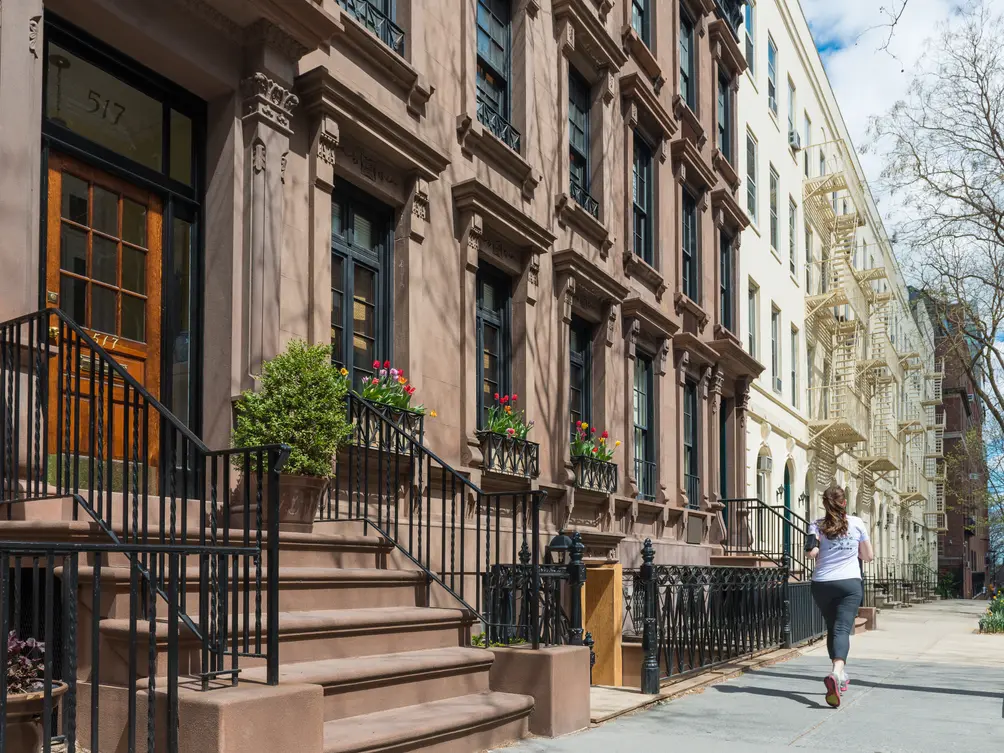 Townhouses in Yorkville on the Upper East Side
Townhouses in Yorkville on the Upper East Side
The popularity of brownstones in New York began in the late 1800’s when wealthy families wanted to live in opulent homes on the quiet side streets and not apartments on the main avenues. Wealthy New Yorkers wanted the privacy and convenience of a big house in the city, and these homes had the highest cache for over a century.
Indeed, a certain class of buyers still appreciates the appeal of having a house all to themselves. As architecturally adventurous as some new super-talls can be, some would say these cannot compete with the beauty and charm of historic townhouses. Others appreciate the privacy a single-family home has to offer - rather than crowd onto a condo’s shared roof deck on a nice day, these homeowners get their gardens and/or rooftops all to themselves. And while board approval is required for renovations in some co-ops, townhouse owners have the freedom to control their own construction.
"The townhouse is the only way to live self-sufficiently in the city" - S. Christopher Halstead, Executive Vice President, Halstead
In historic districts, though, that freedom goes only so far - some changes may be required to go beyond a co-op board to the city’s Landmarks Preservation Commission. And sometimes, the autonomy of a townhouse can turn out to be a disadvantage as owners realize they are responsible for everything. Zoe Kellerhals-Madusi of LG Fairmont remarks, “We get used to living in apartment buildings and therefore forget the little luxuries that go with them: the common areas are cleaned, the trash is disposed of, and the building maintenance is taken care of by the management company, to name a few items.”
437 Waverly Avenue, #TH (Compass)

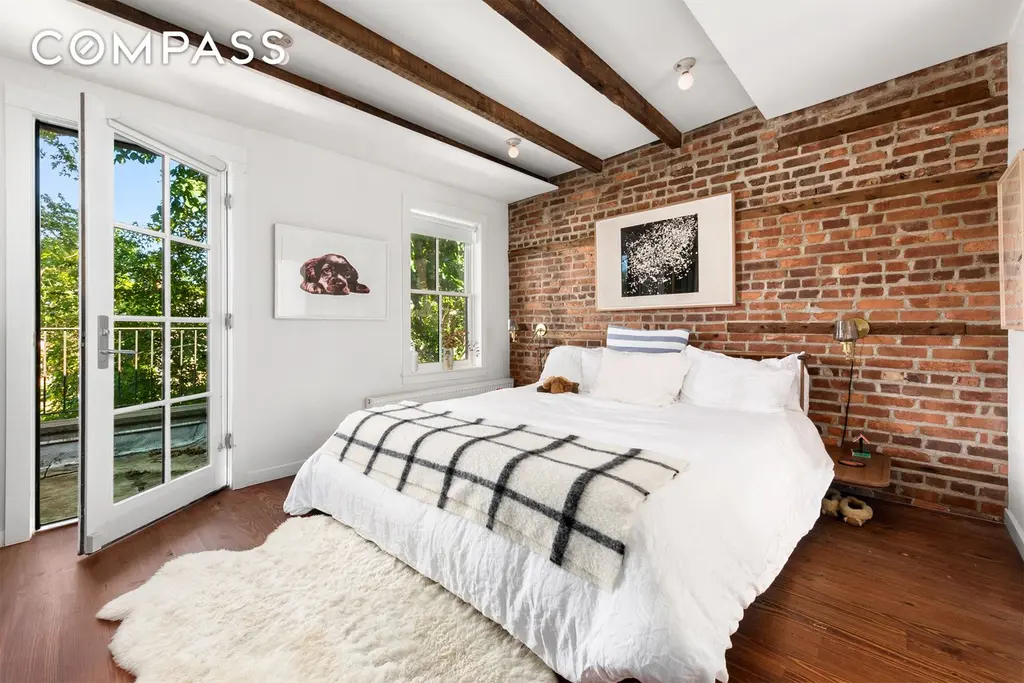
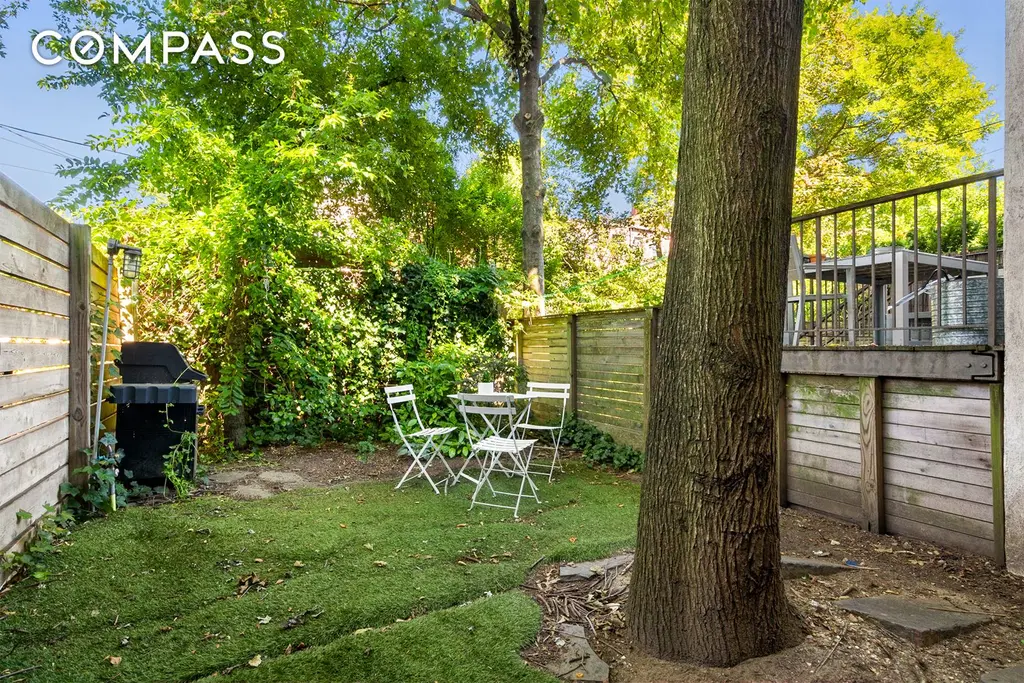
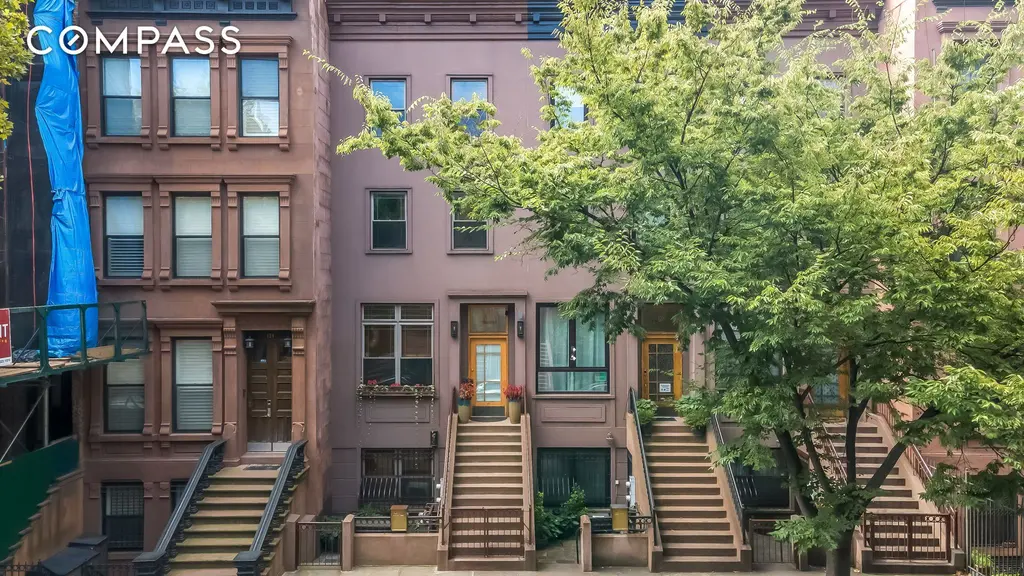
126 West 132nd Street, # (Compass)

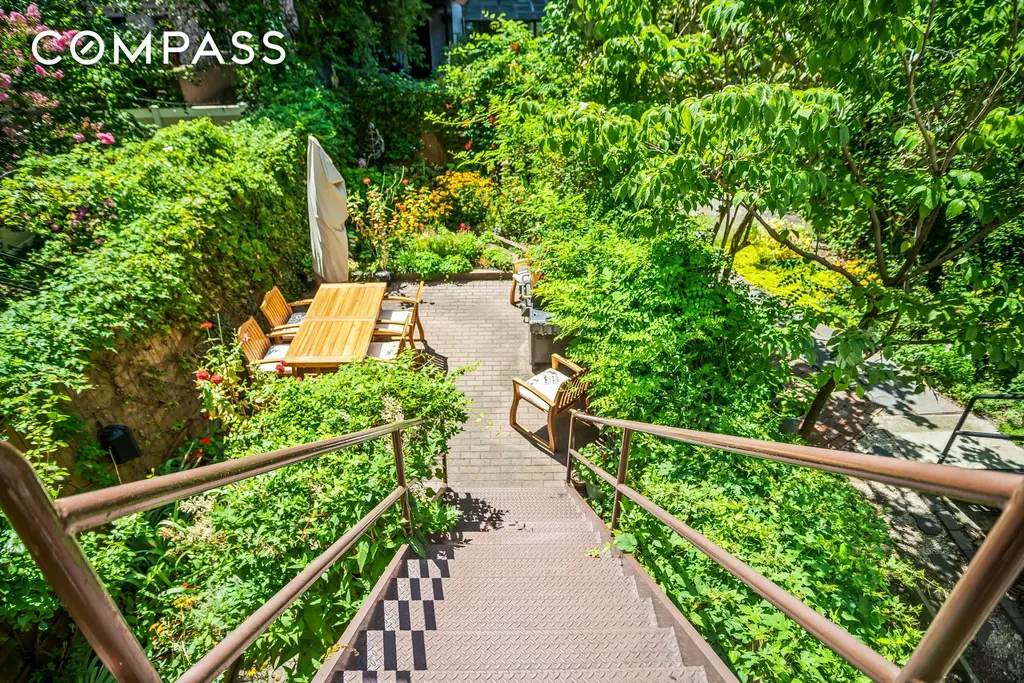
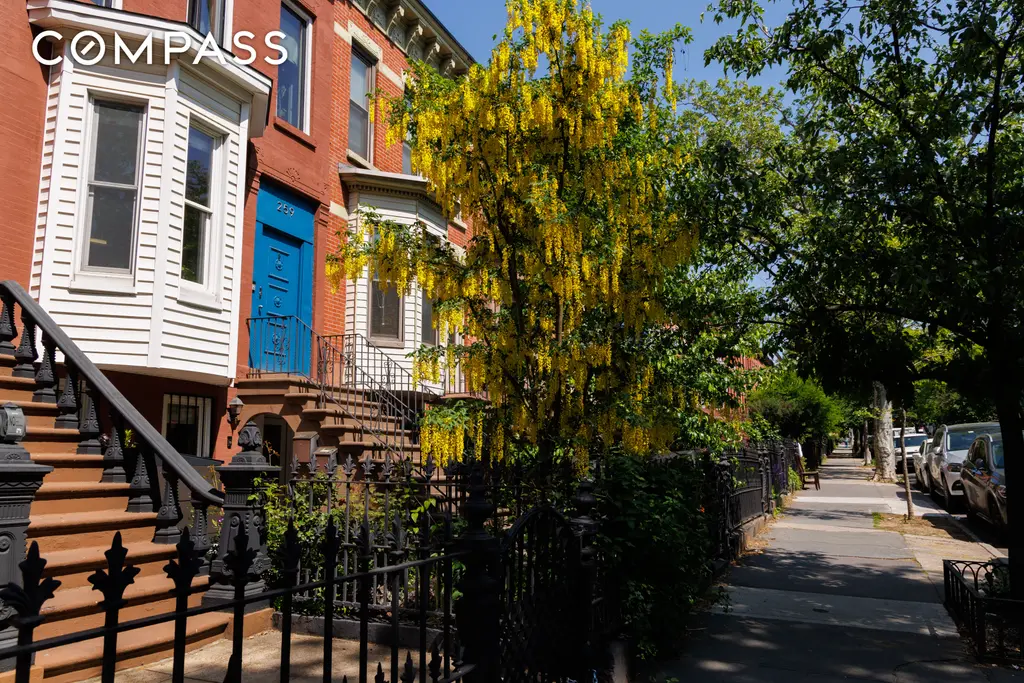
259 11th Street, # (Compass)
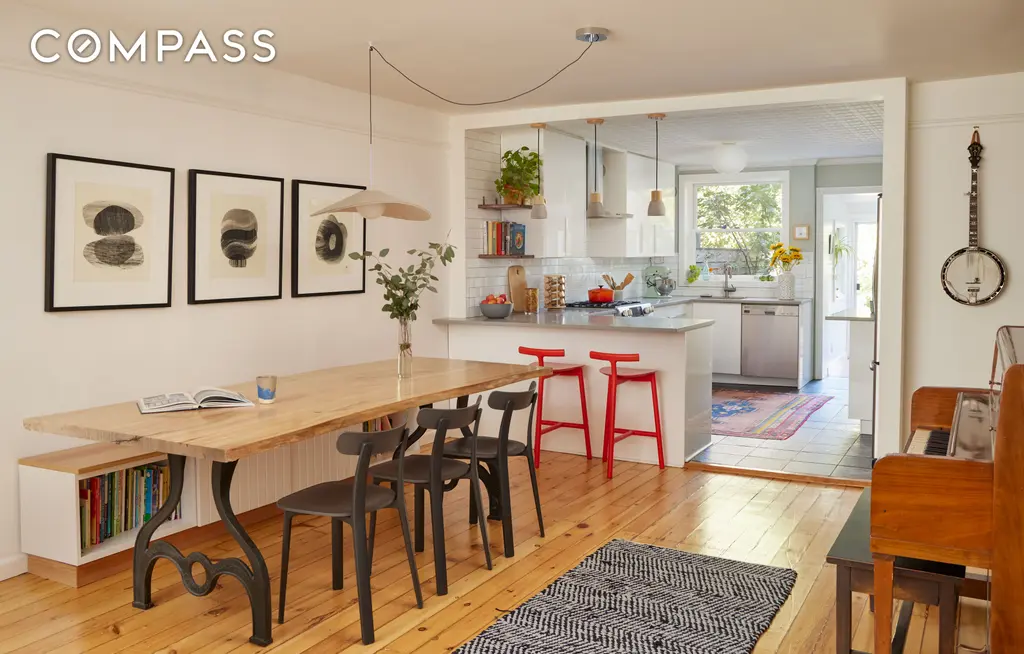
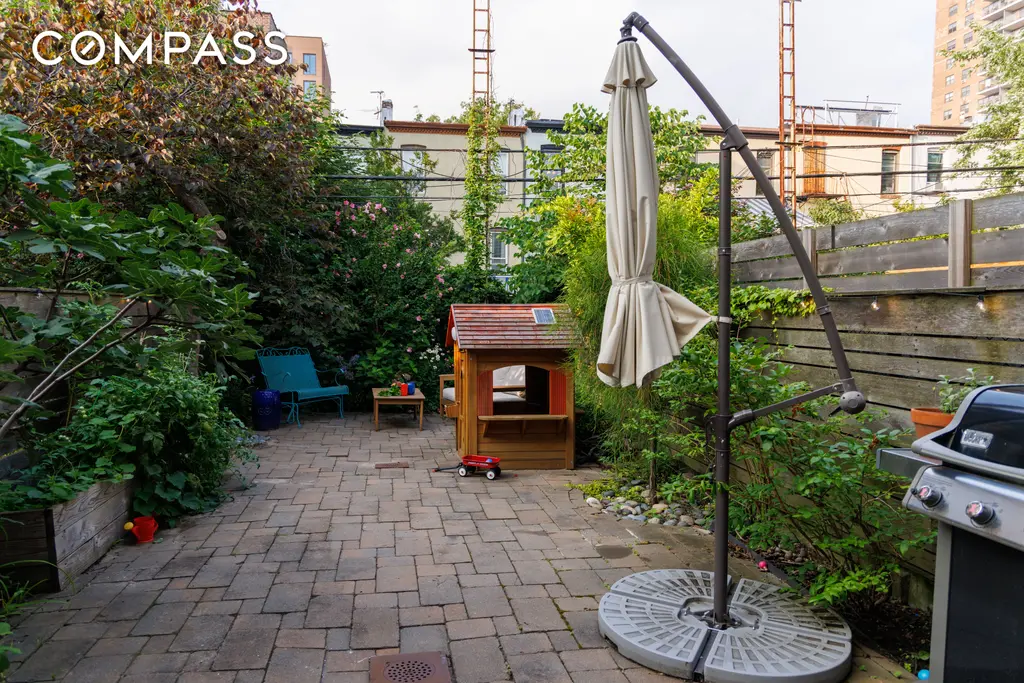
663 Putnam Avenue, #TH
$3,150,000 (-6%)
Bedford-Stuyvesant | Townhouse | 5 Bedrooms, 4.5 Baths | 3,770 ft2

663 Putnam Avenue, # (Compass)
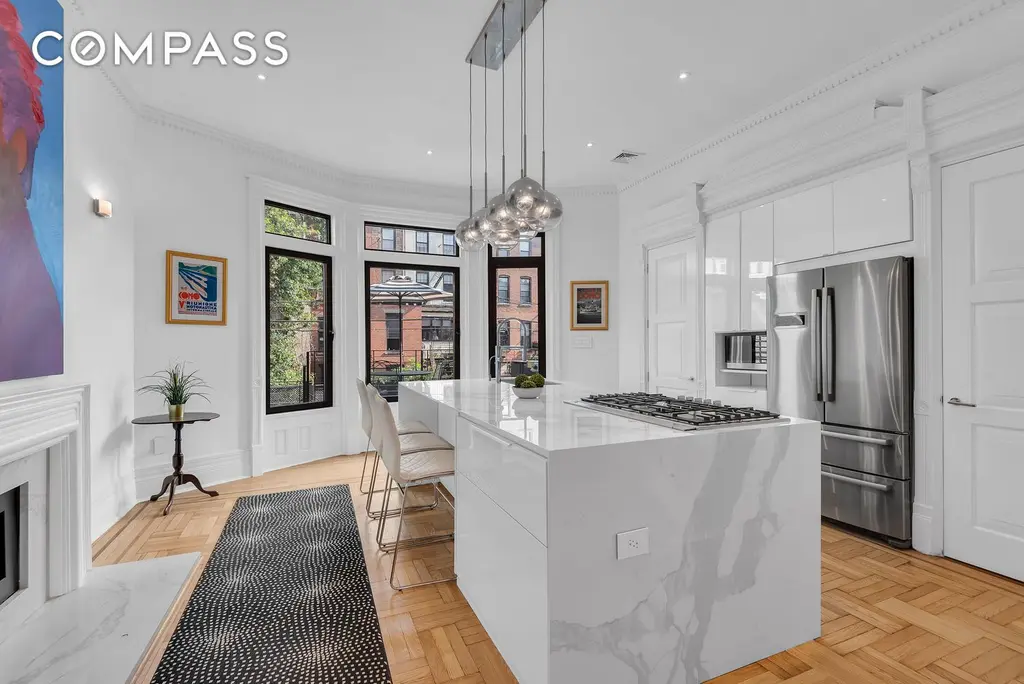


212 Kane Street, # (Corcoran Group)



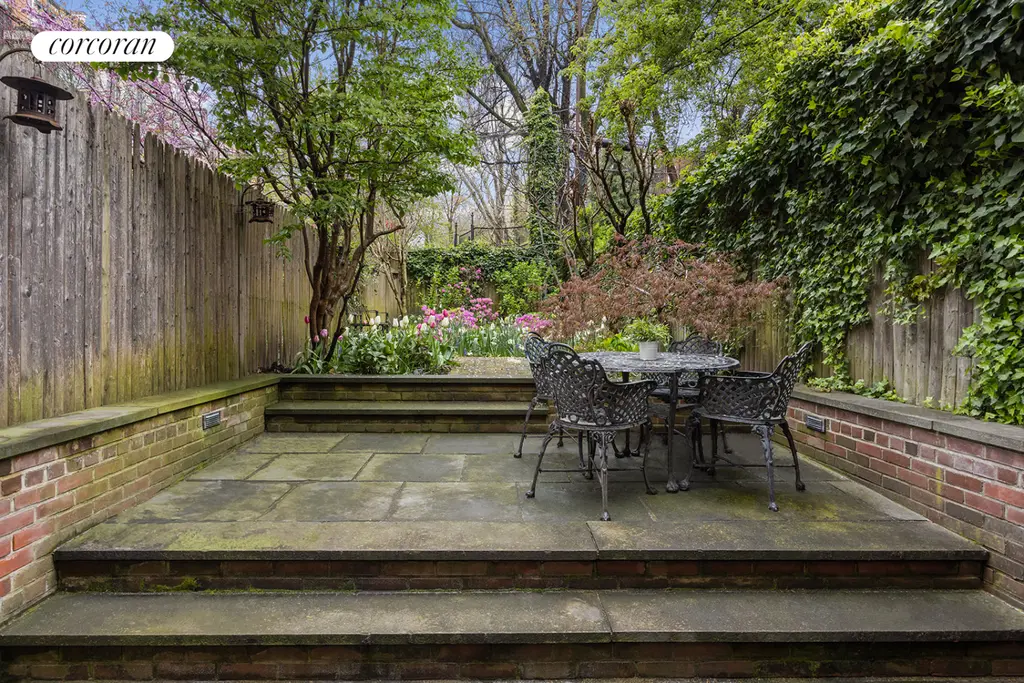
29 South Elliott Place, #TH
$4,700,000 (-5.1%)
Fort Greene | Townhouse | 5 Bedrooms, 4 Baths | 3,464 ft2
29 South Elliott Place, # (Bond New York Properties LLC)
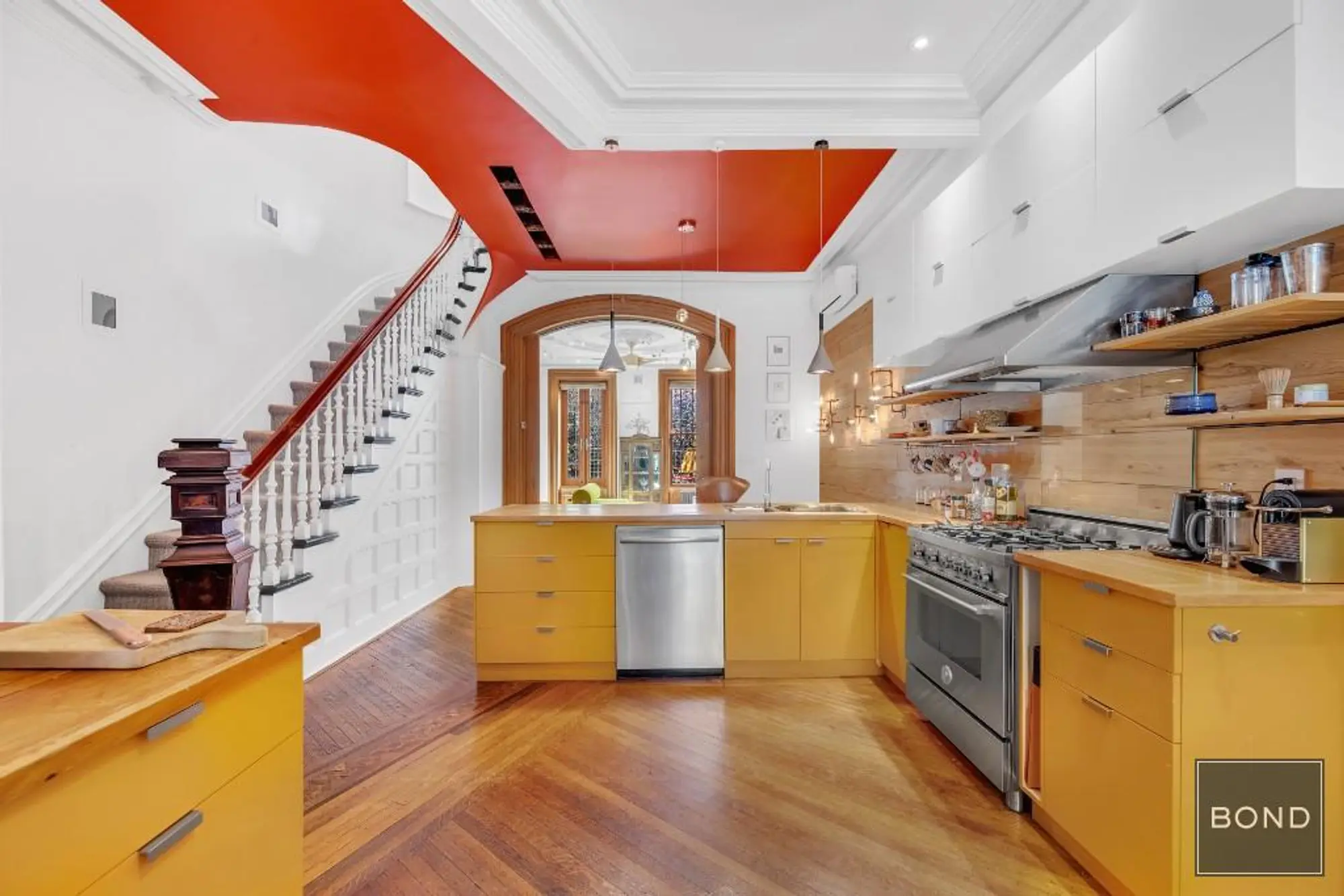
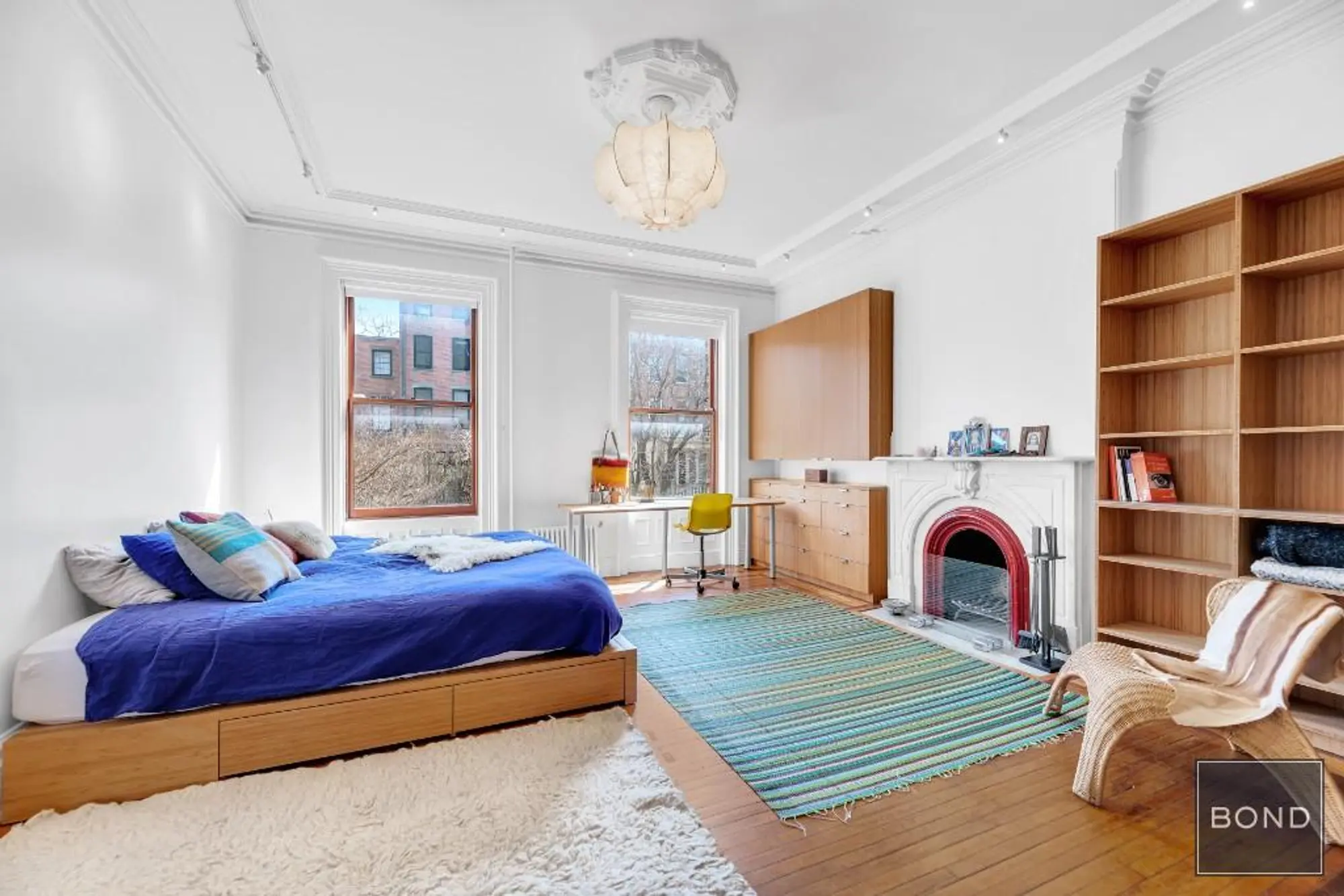
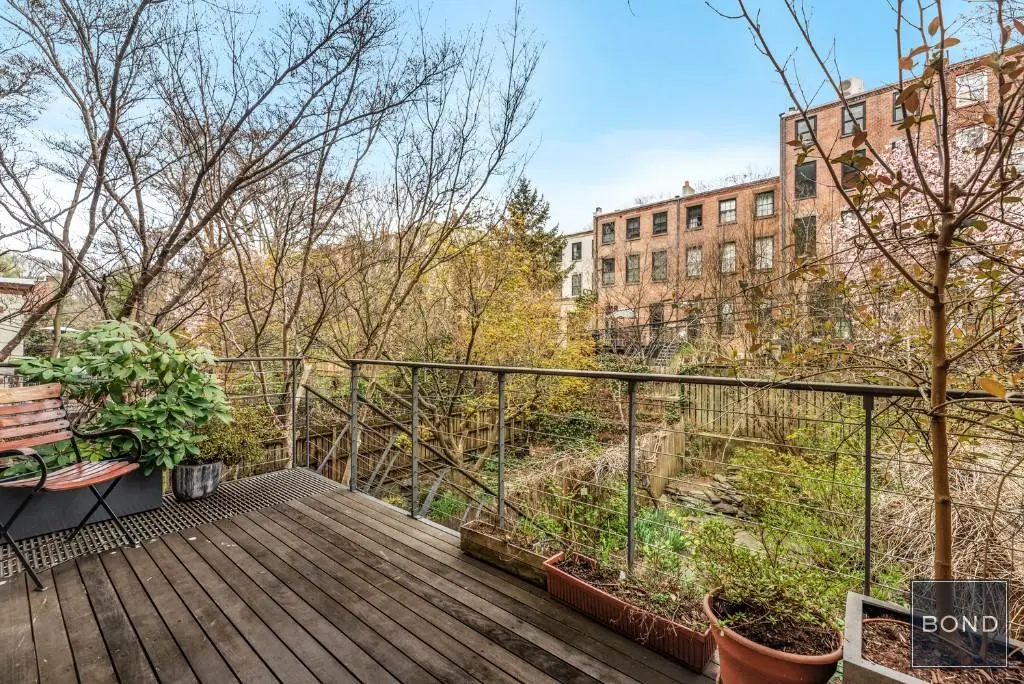
239 East 78th Street, #TH
$6,500,000 (-3.7%)
Lenox Hill | Townhouse | 5 Bedrooms, 5 Baths | 3,912 ft2
239 East 78th Street, # (Sothebys International Realty)

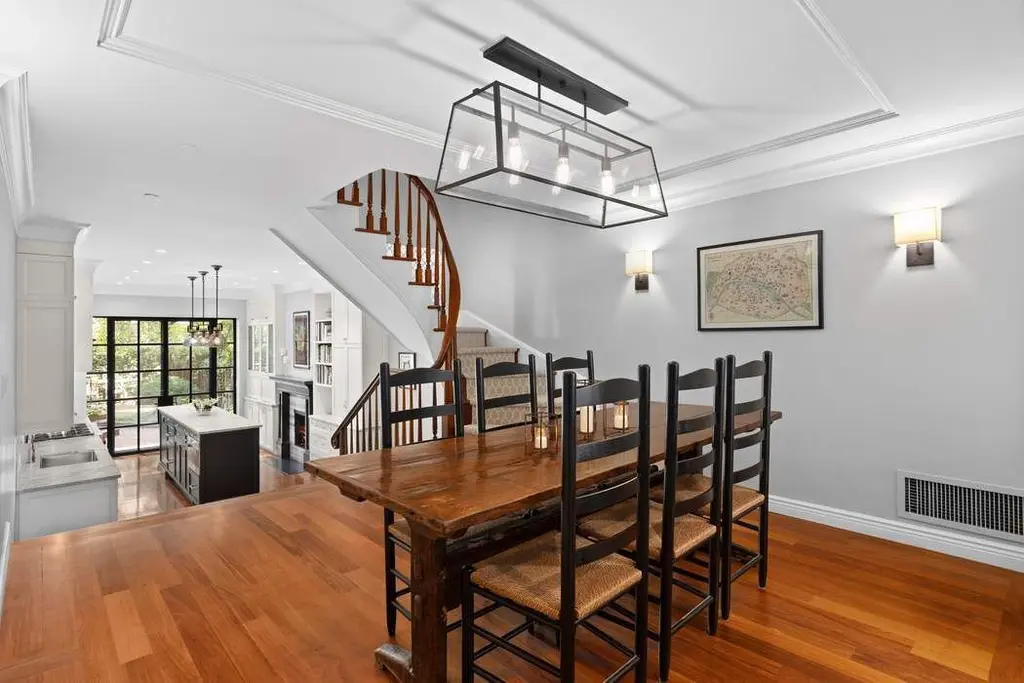
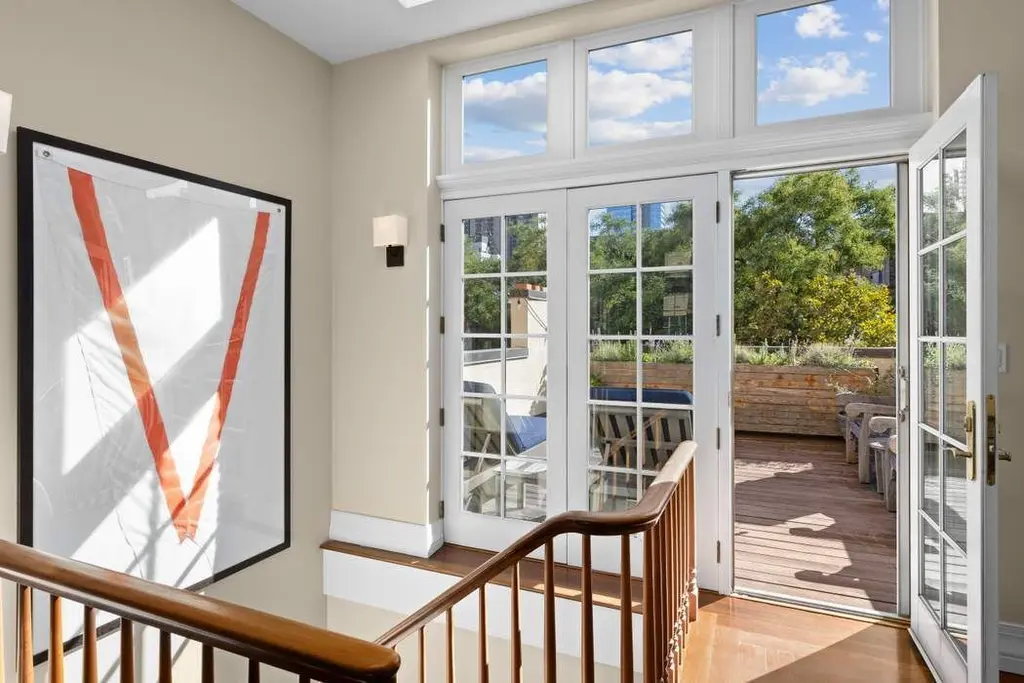
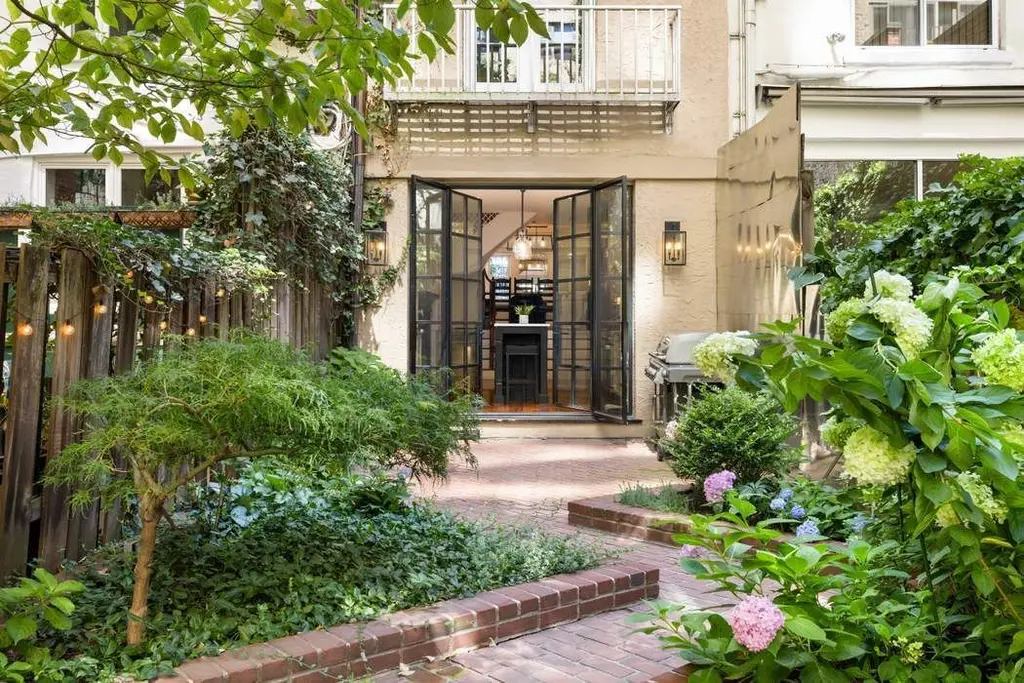
134 Sullivan Street, # (Sothebys International Realty)


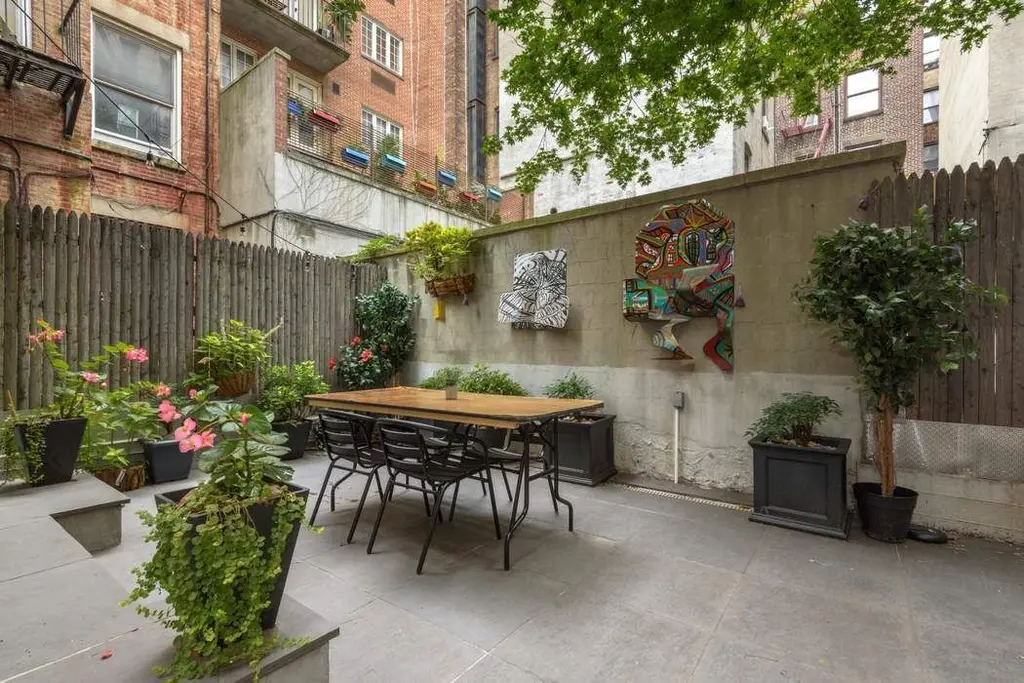
393 Clinton Street, #TH
$6,995,000 (-6.7%)
Carroll Gardens | Townhouse | 6+ Bedrooms, 4 Baths | 6,500 ft2
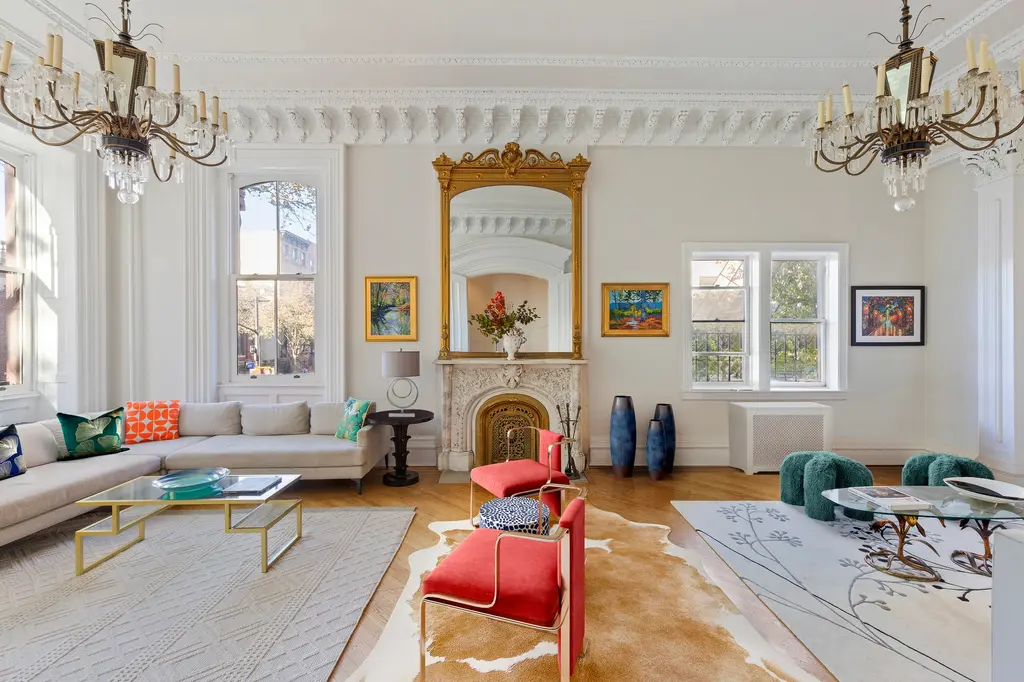
393 Clinton Street, # (Nest Seekers LLC)
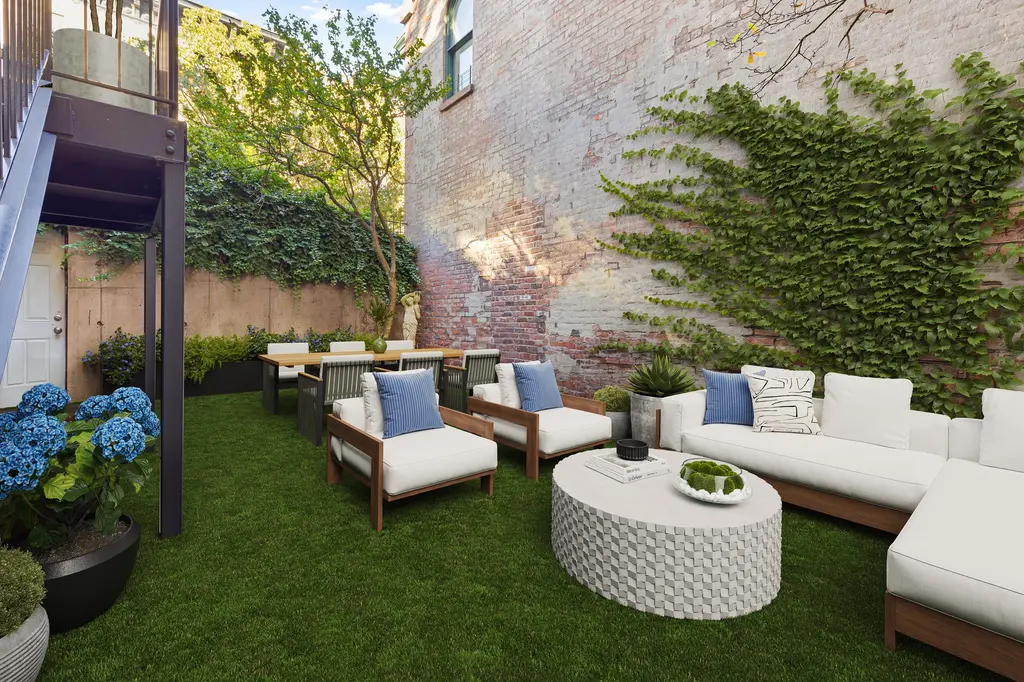
21 West 11th Street, #TH
$14,000,000 (-30%)
Greenwich Village | Townhouse | 4 Bedrooms, 6+ Baths | 4,038 ft2
21 West 11th Street, # (Sothebys International Realty)
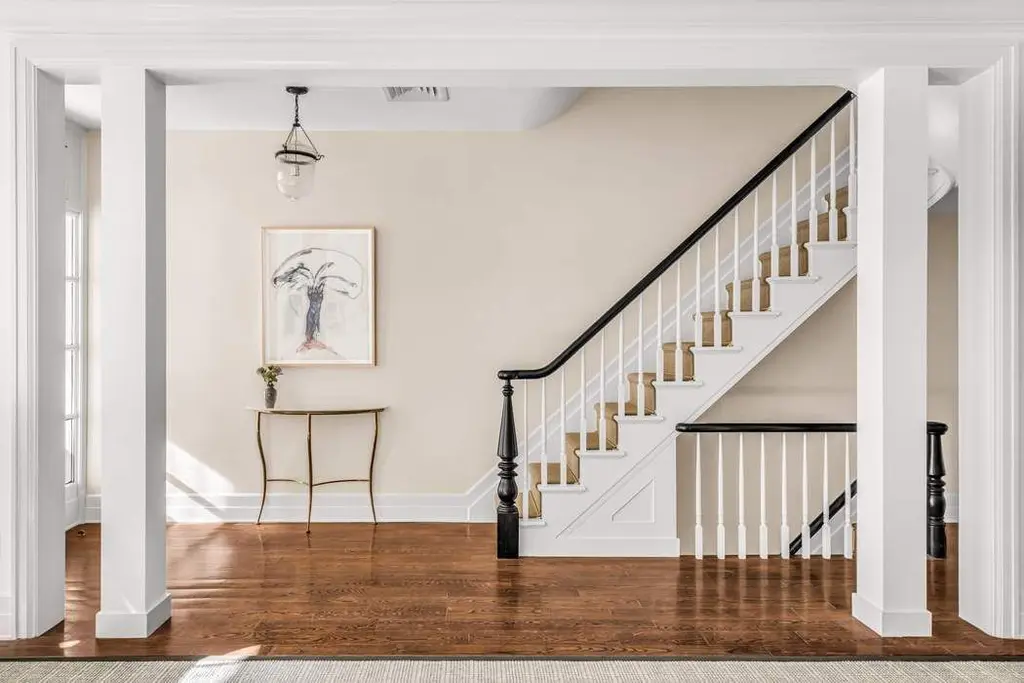

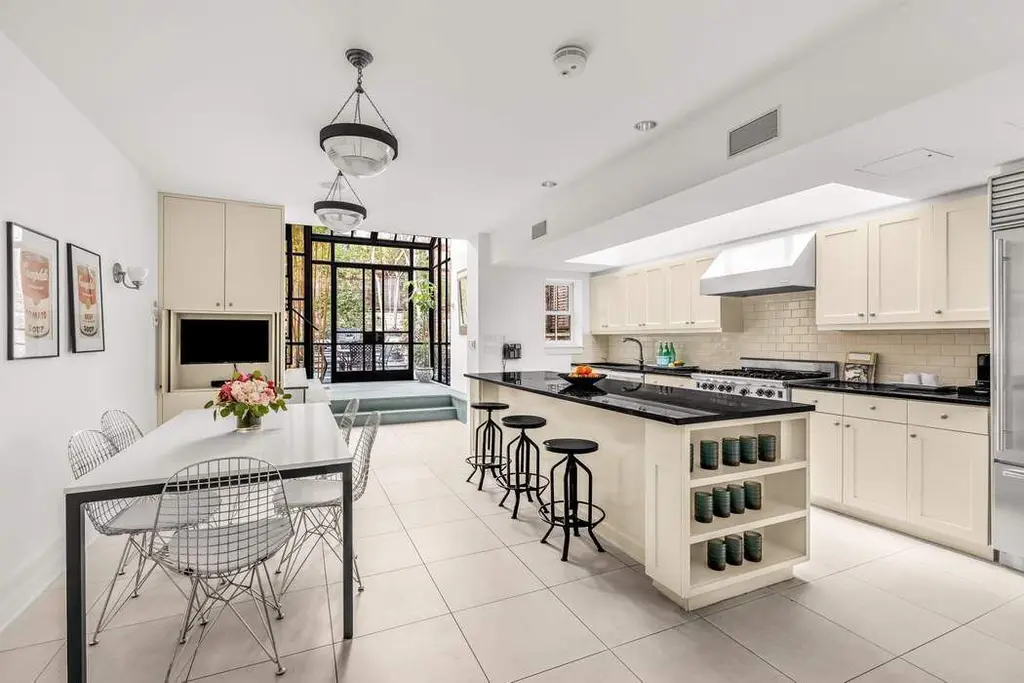
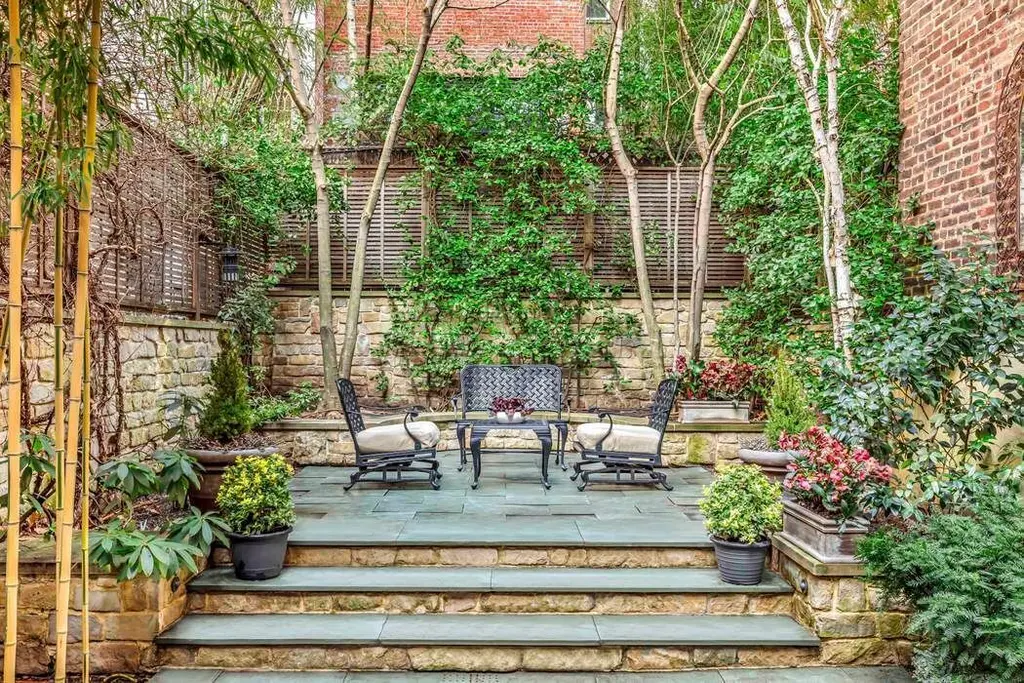
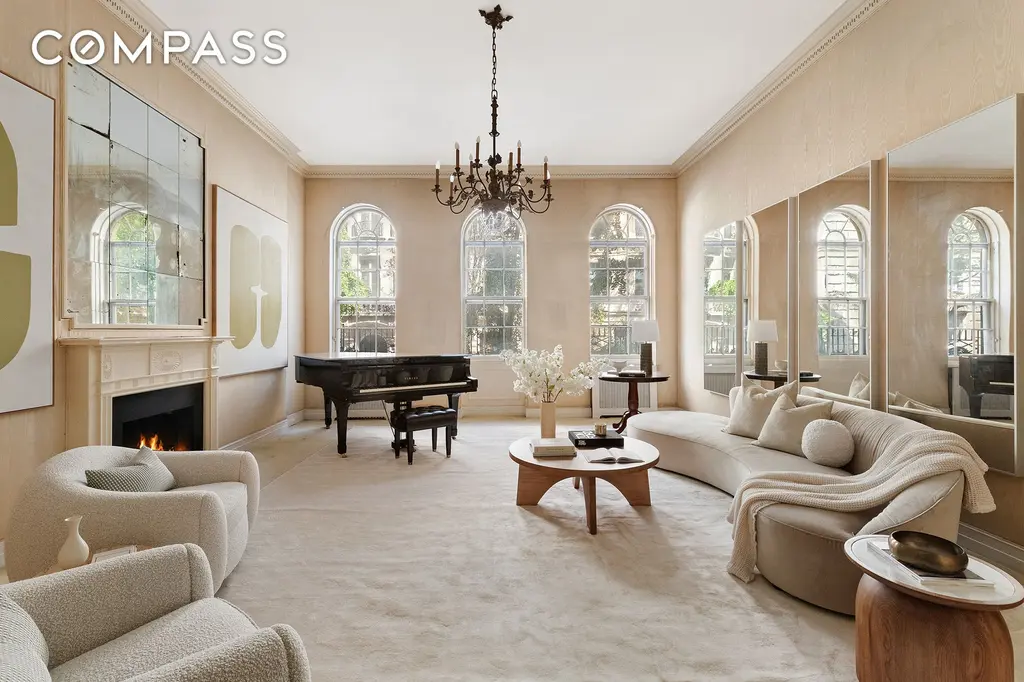
10 East 82nd Street, # (Compass)
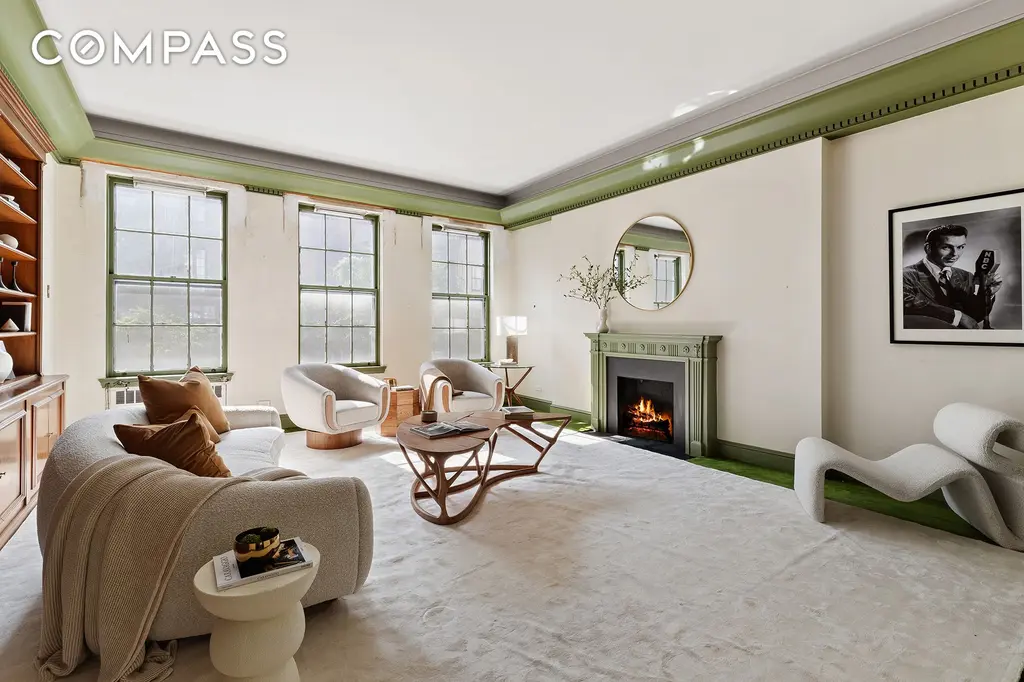
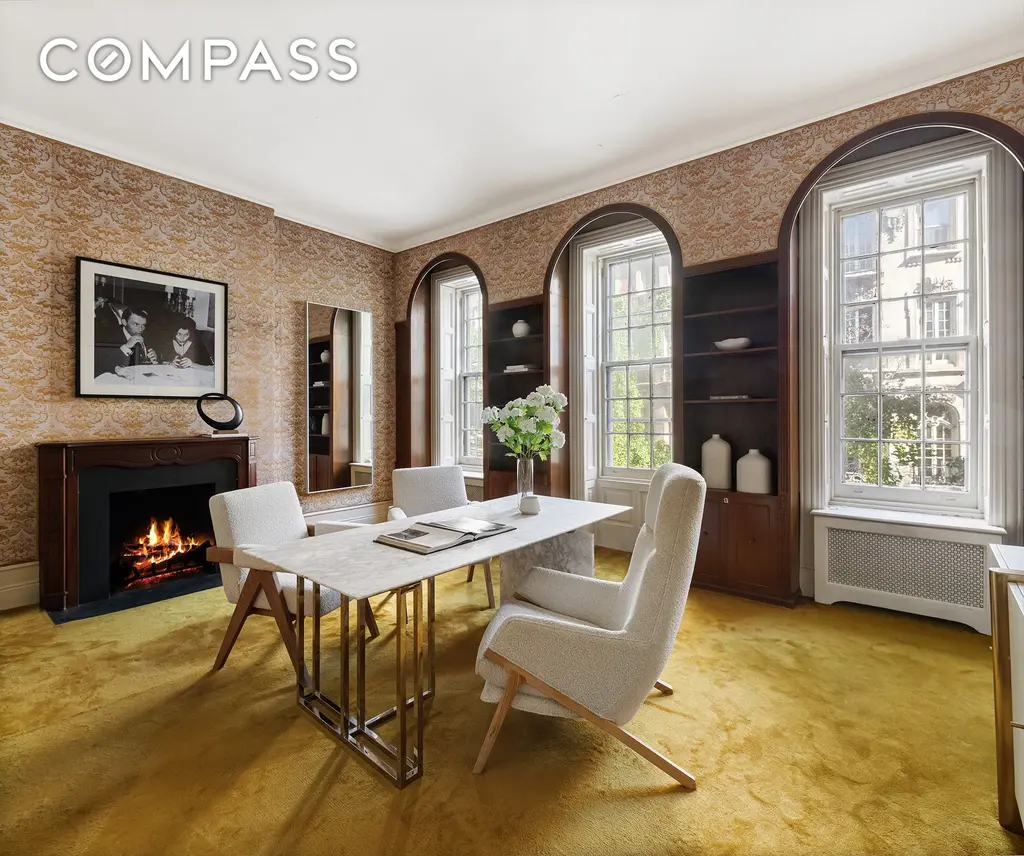
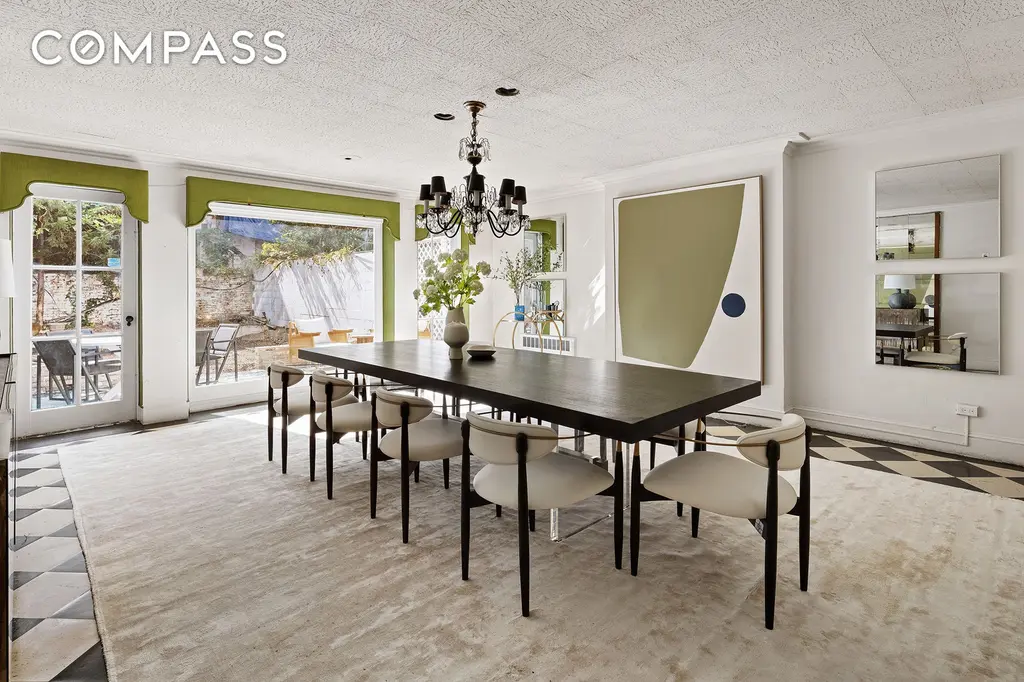
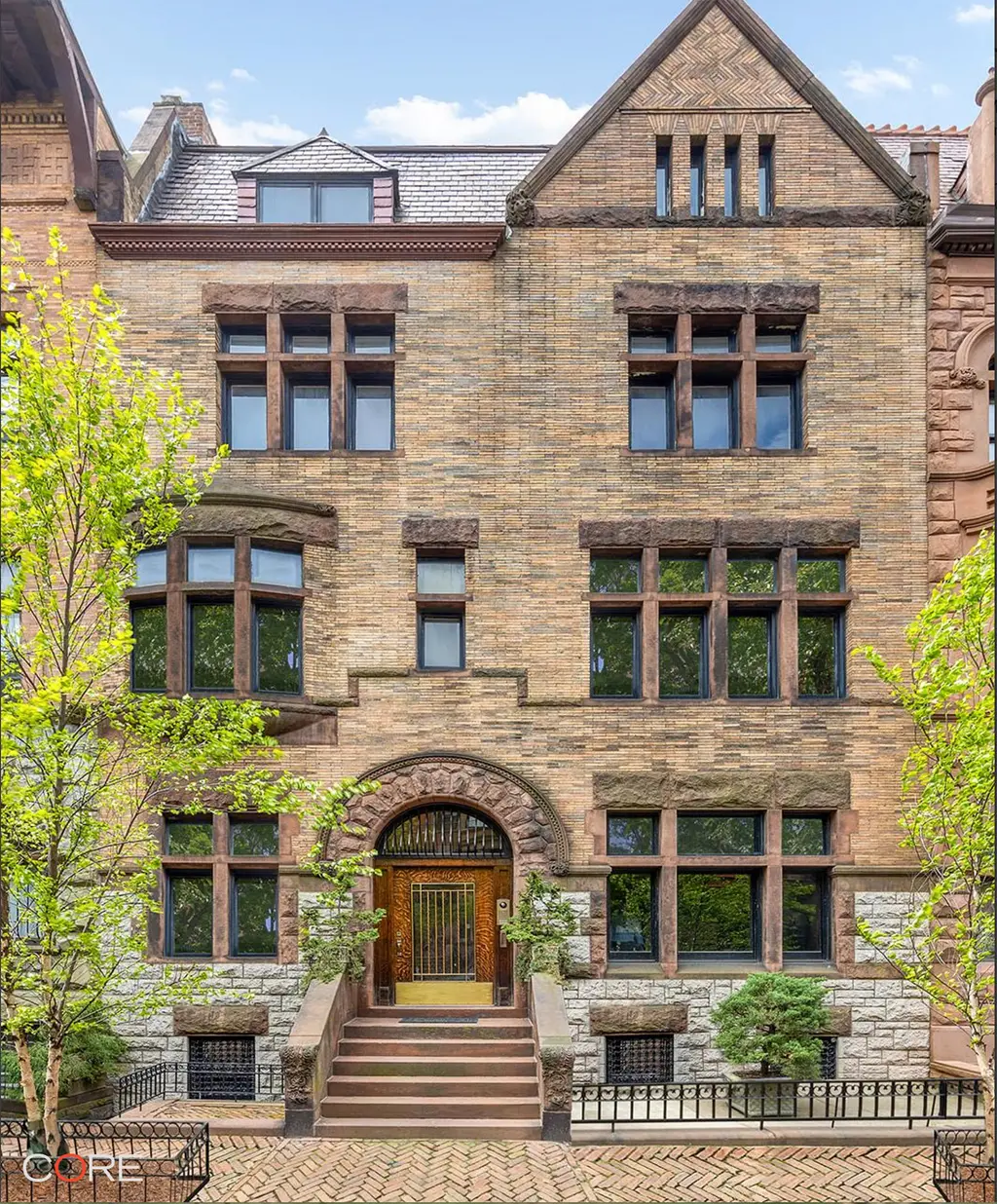
842 Carroll Street, # (CORE Group Marketing LLC)
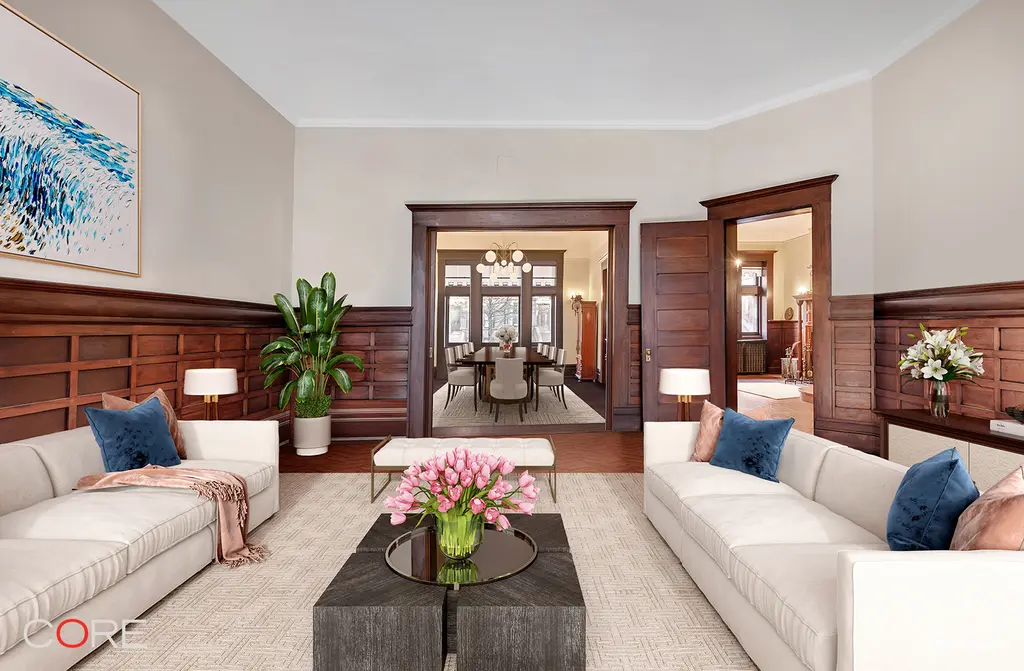

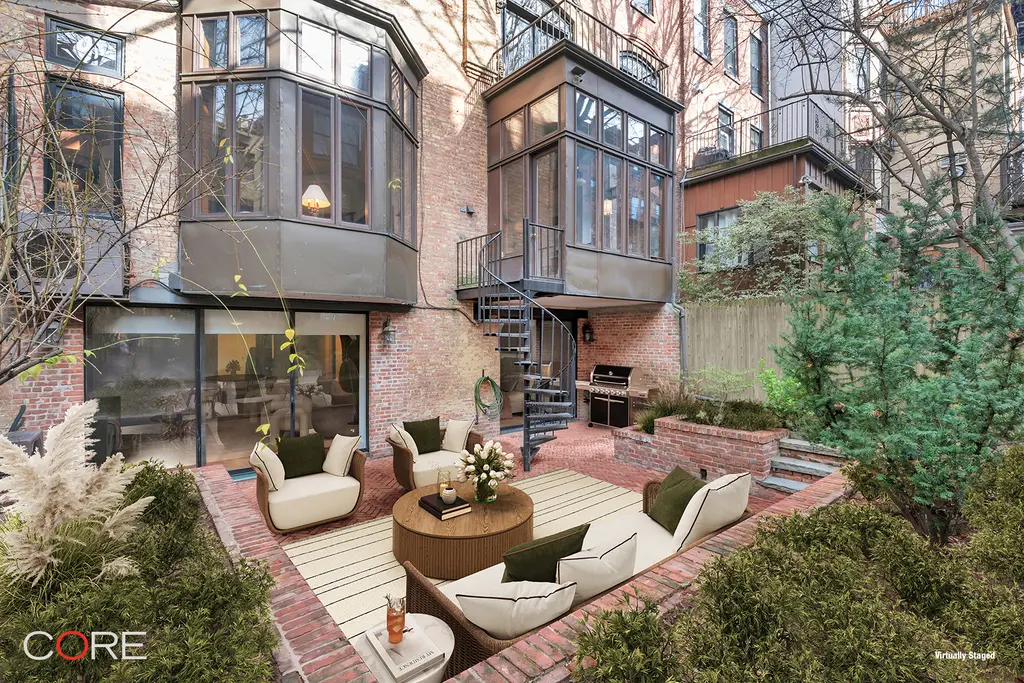

535 1st Street, # (Brown Harris Stevens Residential Sales LLC)
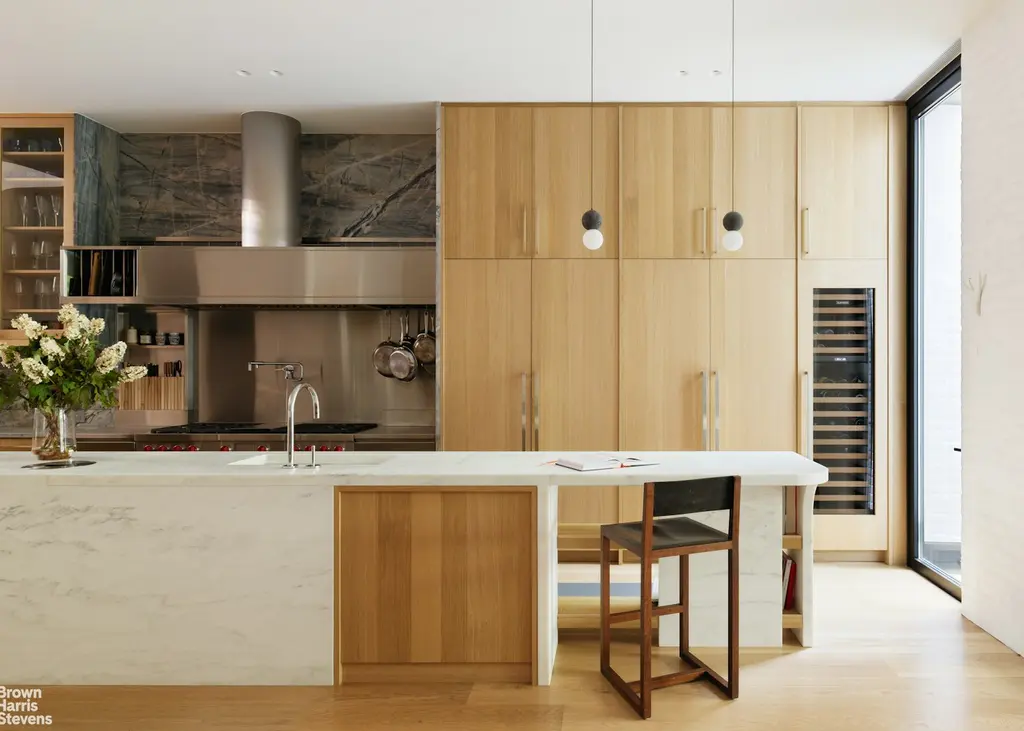
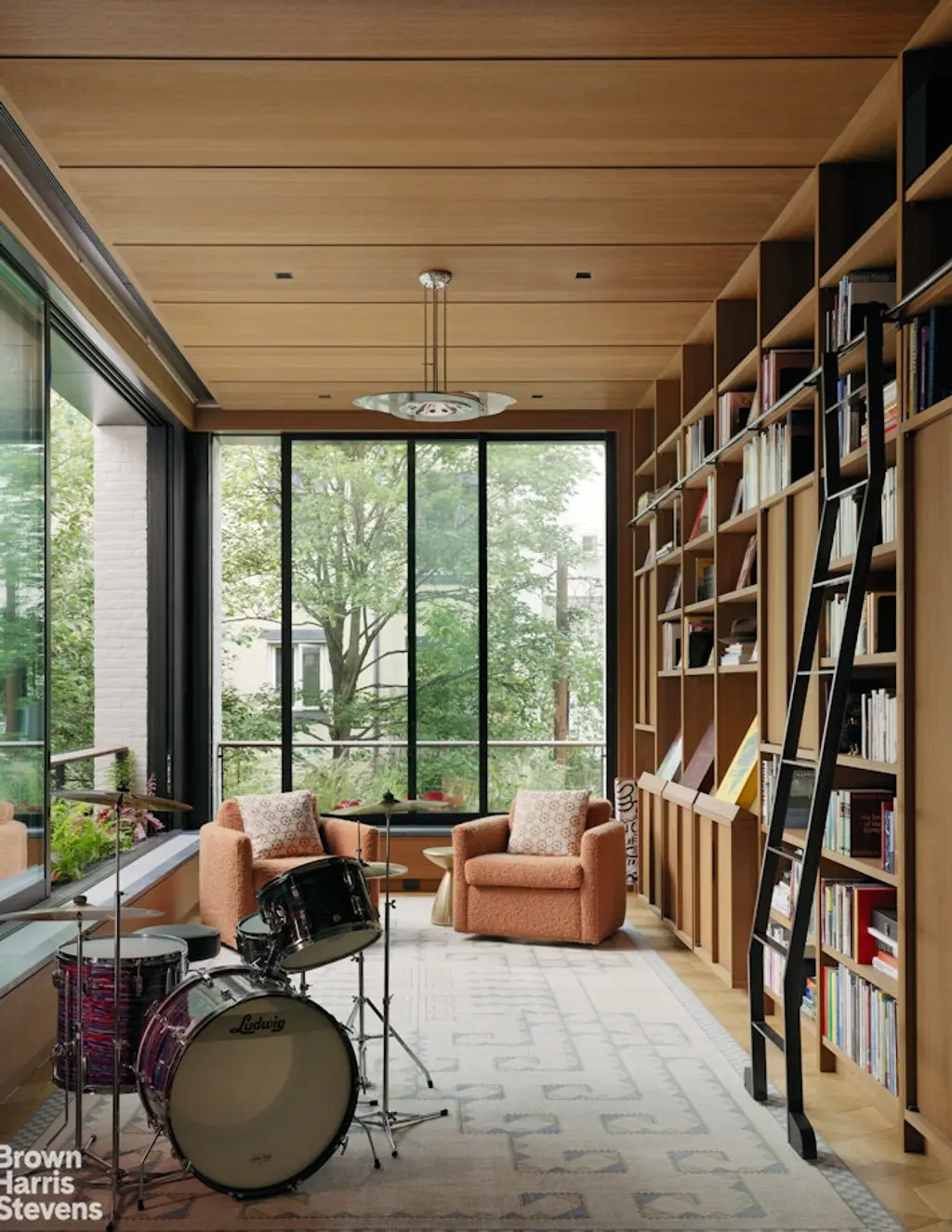

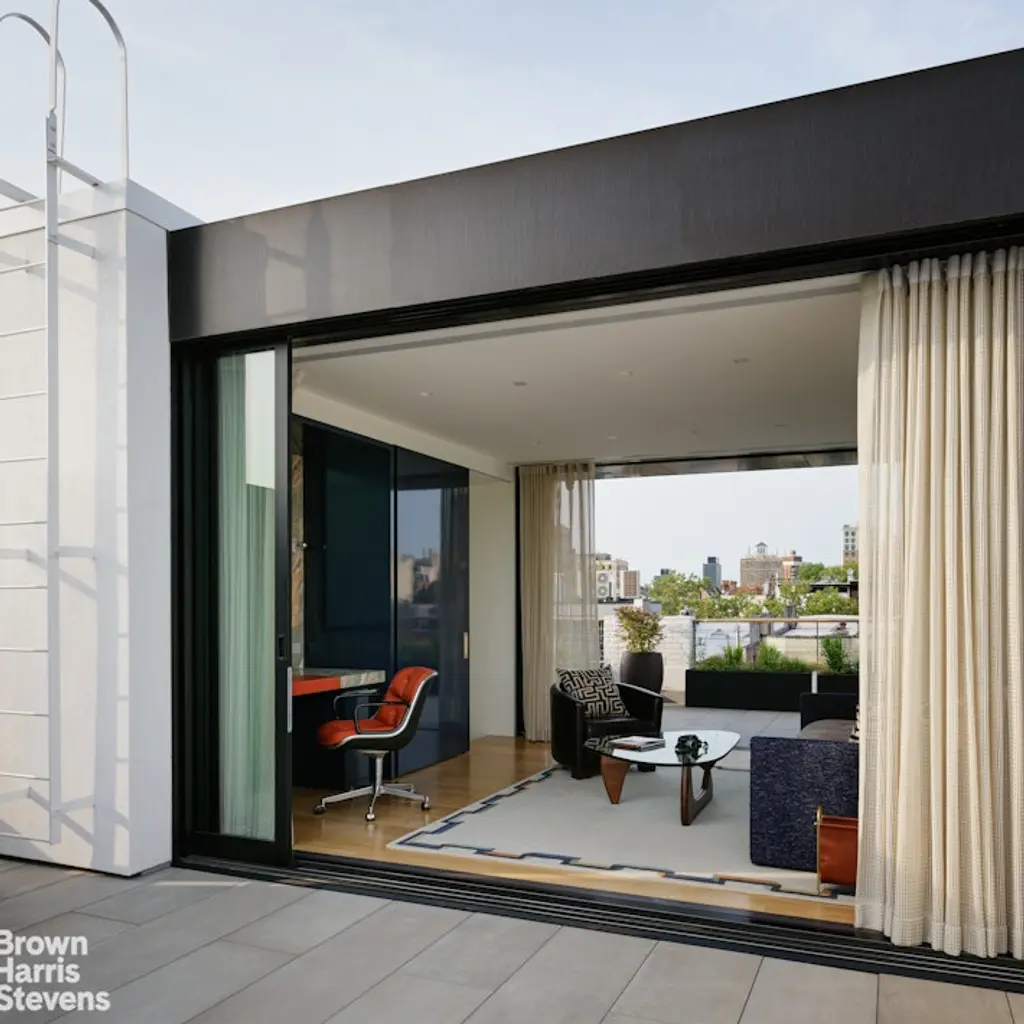
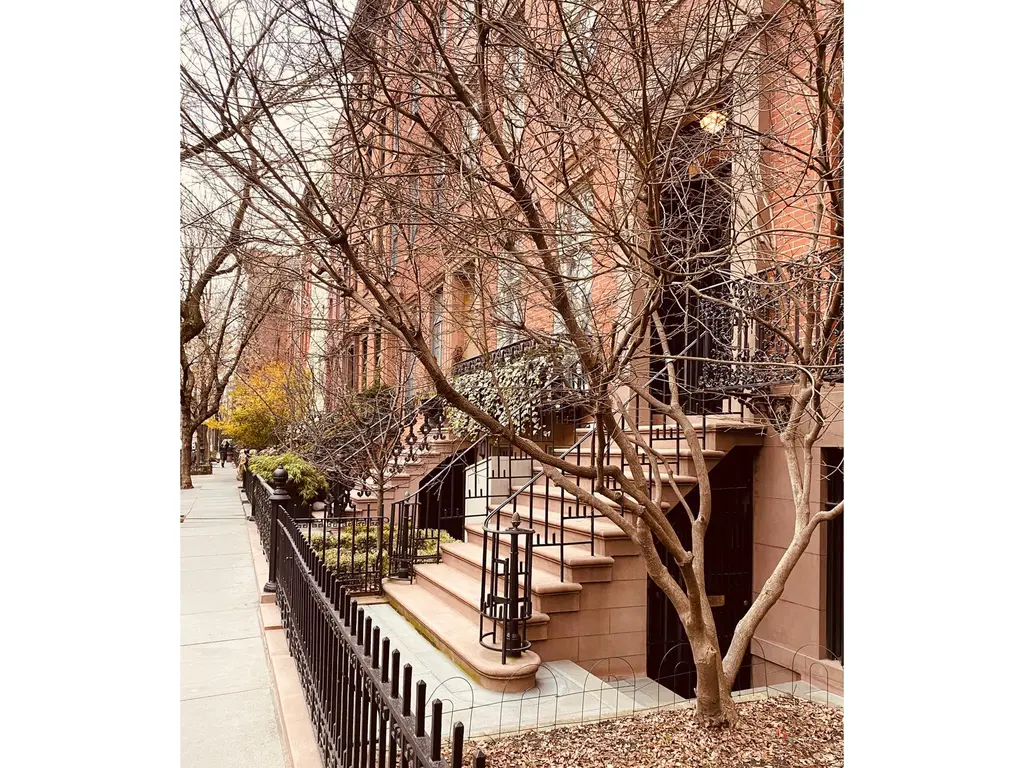
11 Bank Street, # (Douglas Elliman Real Estate)

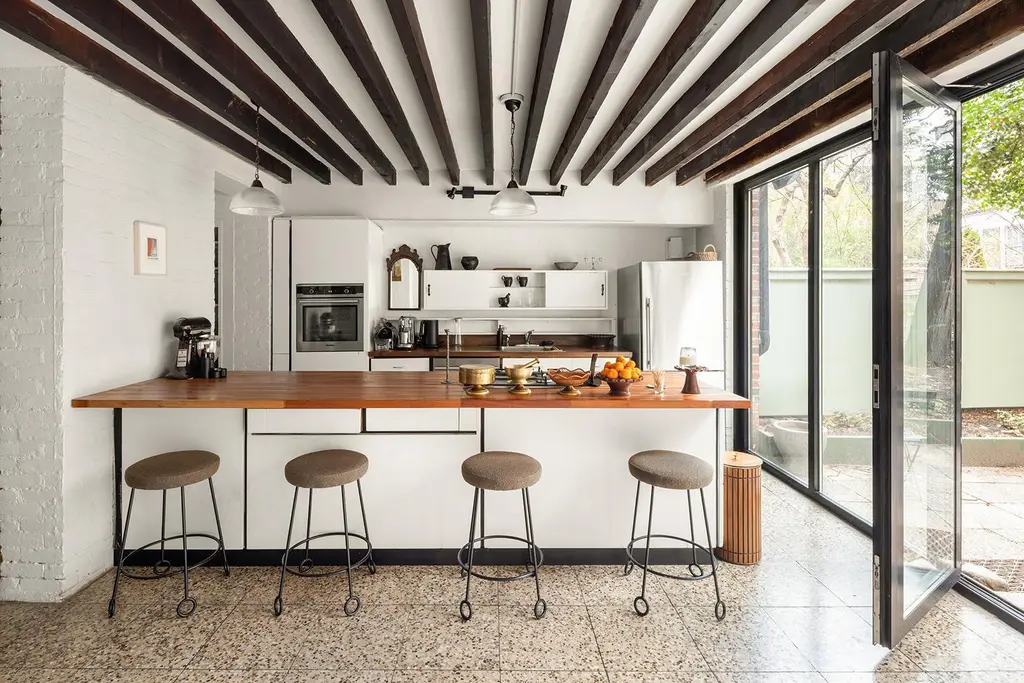


48 West 69th Street, #TH
$85,000,000
Central Park West | Townhouse | 5 Bedrooms, 6+ Baths | 19,600 ft2
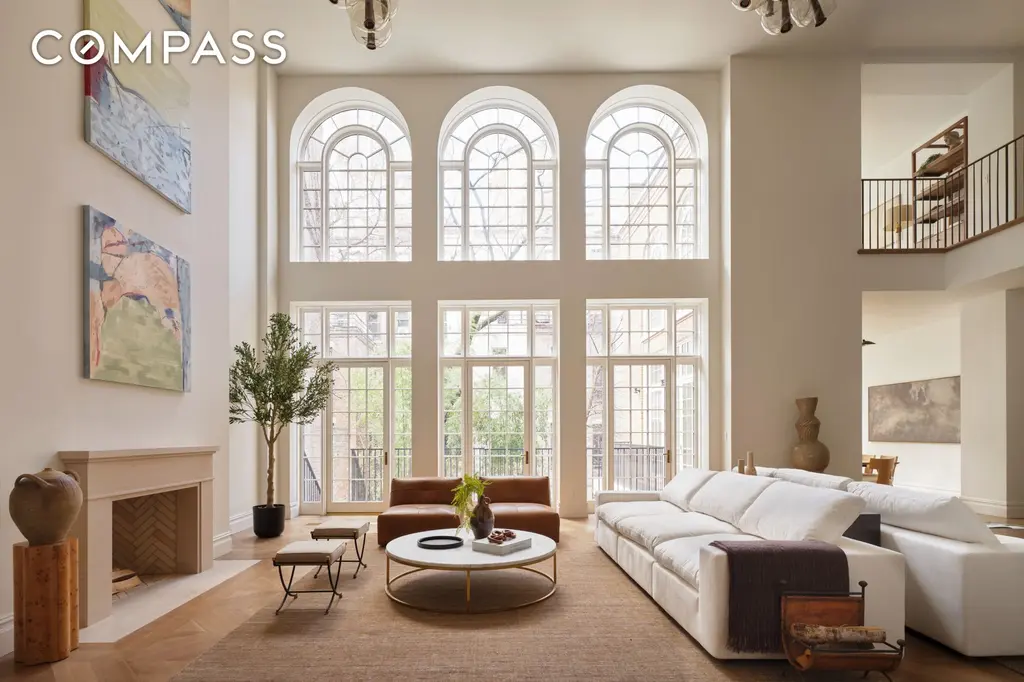
48 West 69th Street, # (Compass)


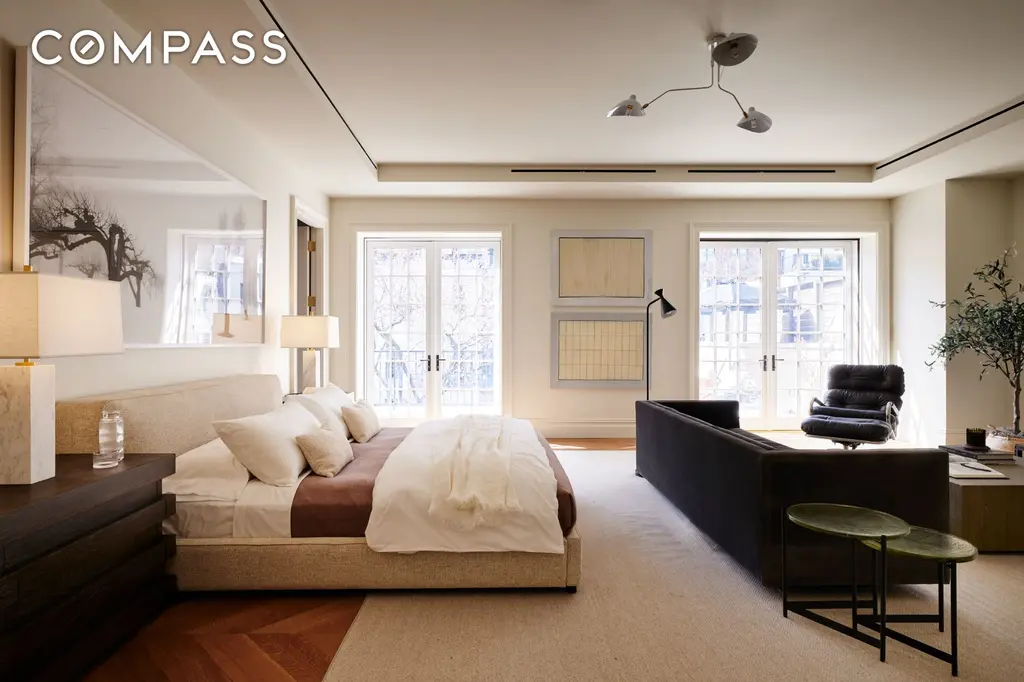
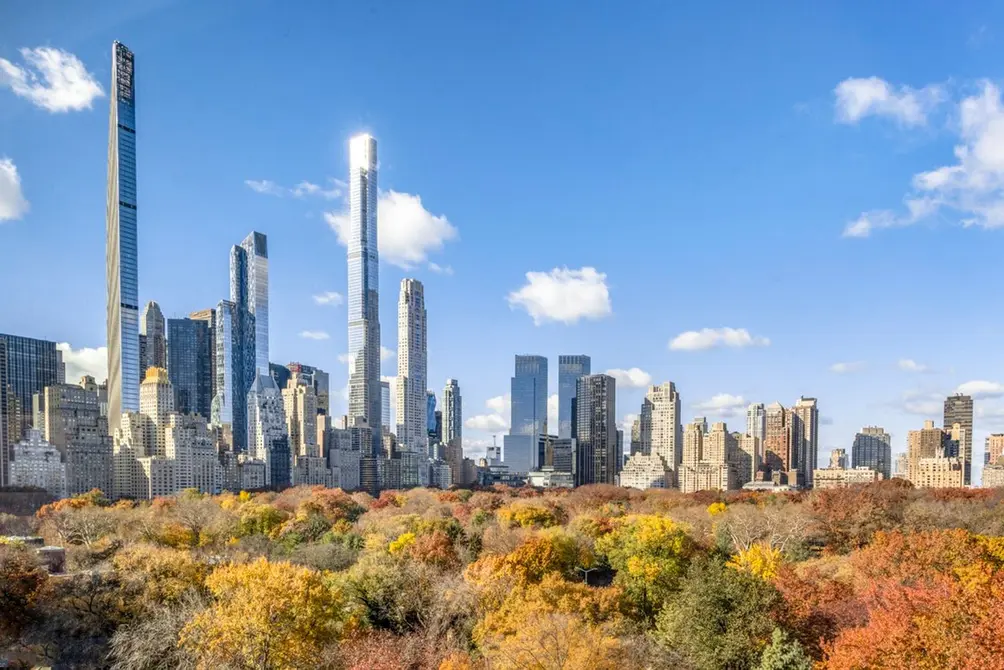 Central Park South and West skyline
Central Park South and West skyline
The Jazz Age ushered many changes into New York, and home types were among them. Prominent architect Rosario Candela leaned on tantalizing marketing techniques to convince wealthy New Yorkers to give up their mansions and move into his new multi-story buildings on the avenues. Some time later, modernist architect Le Corbusier waxed on about how high-rises were the ultimate equalizer for providing access to light, air, and nature, even calling his buildings “machines for living.”
Although New York City’s high-rises are not necessarily democratizing natural resources as their prices soar to unbelievable heights, an increasing number of developers and designers are embracing LEED certification and Passive House standards in the wake of both increased environmental awareness and the city’s planned letter grades for buildings’ energy efficiency. The finished products provide unparalleled, often 360-degree views and abundant natural light as they reach higher into the sky.
Would you like to tour any of these properties?
Just complete the info below.
Or call us at (212) 755-5544
Just like townhouses, apartments in high-rise buildings tend to attract certain types of buyers. Some owners are in search of a pied a terre, or are frequent travelers who might not have time for the demands of a single-family home. Others are empty nesters moving to New York City after years of raising a family in a large suburban home who might not need as much space now. However, many people view high-rises as quintessential to New York living, prioritizing apartments that offer convenience to their workplace and fit their lifestyle within a desired neighborhood.
These disparate classes of buyers seem to be drawn to New York high-rises for one common reason: the amenities, which have grown ever more luxurious/over the top as time goes on. Business travelers can enjoy greater peace of mind knowing that a full staff is on hand to collect their mail and ensure that the building is running smoothly. Growing families appreciate having playrooms and outdoor space just an elevator ride away. Still others enjoy the cache of having a fitness center, pool, wine room, IMAX theater, or hamman under their roof.
“The amenity spaces make you feel special. They are grand but warm and enveloping and make people feel and act nicer.” - Lisa Baquero
As an example, developer Edward Baquero designed 20 East End Avenue, a 17-story Yorkville condominium, to feel like an elegant, private brownstone with its grand spiral staircase, wine cellar, library, billiard room and private bar. His wife Lisa explains, “You can easily entertain 40 to 50 people and never have them step foot in your home.” To that end, she has used the building's library to host book launches and charity events.
However, it is important to note that these amenities do not belong to Ms. Baquero alone; she had to make arrangements with the building management to have the library for her event, otherwise any resident could have walked in. Indeed, on nice days, some condos' rooftops can seem more crowded than Central Park.
However, it is important to note that these amenities do not belong to Ms. Baquero alone; she had to make arrangements with the building management to have the library for her event, otherwise any resident could have walked in. Indeed, on nice days, some condos' rooftops can seem more crowded than Central Park.
40 West 67th Street, #PH10B
$1,785,000
Central Park West | Cooperative | 1 Bedroom, 1.5 Baths | 800 ft2
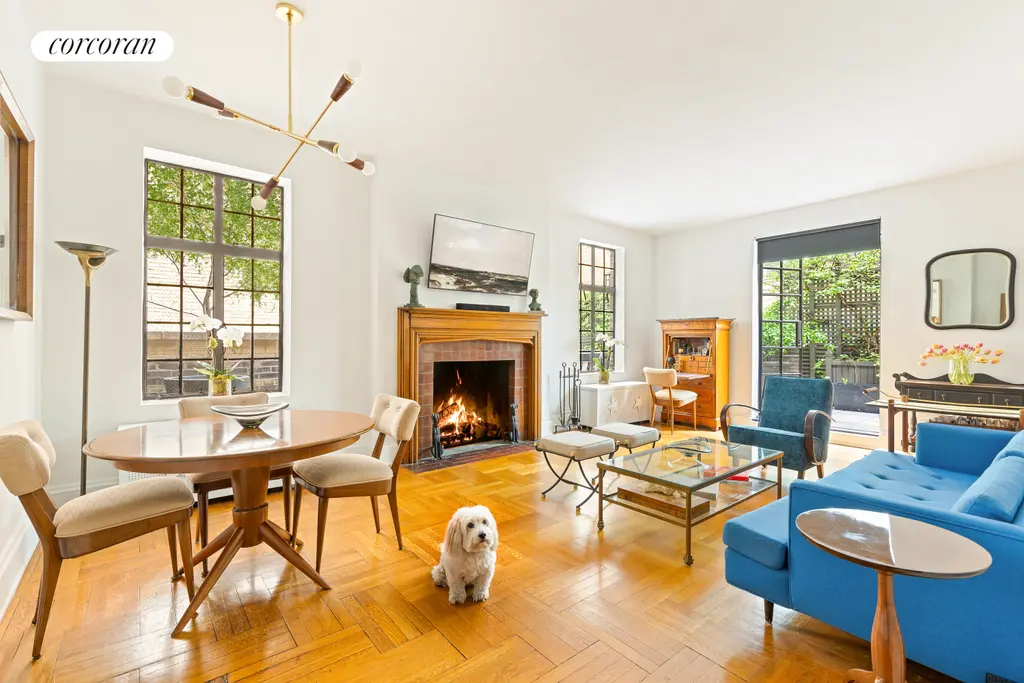
40 West 67th Street, #PH10B (Corcoran Group)
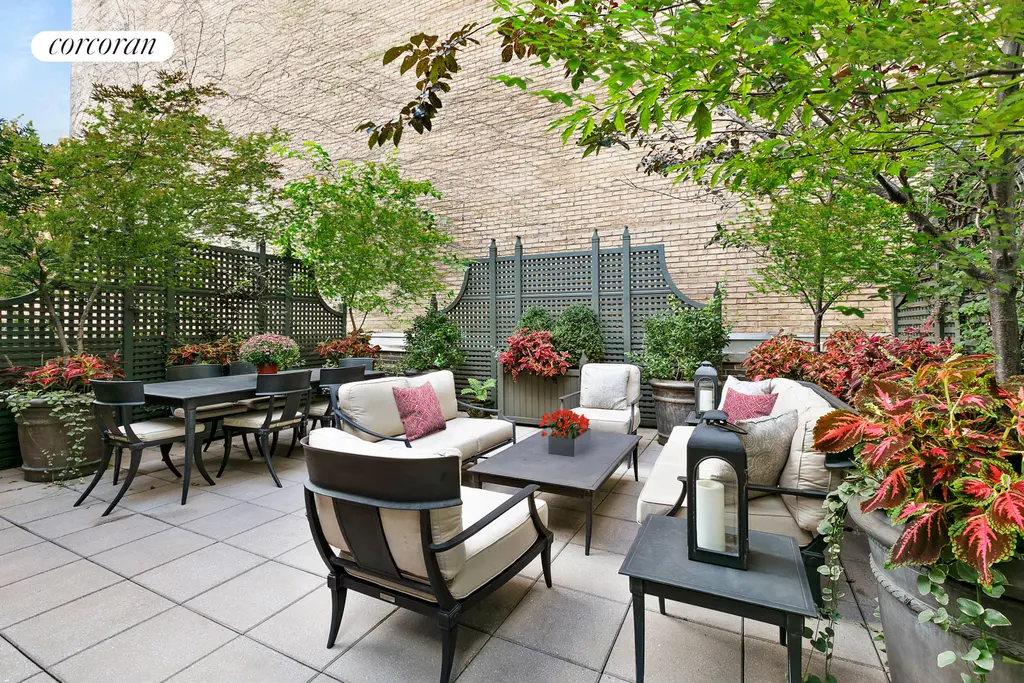

334 West 17th Street, #PH45W (Elegran LLC)

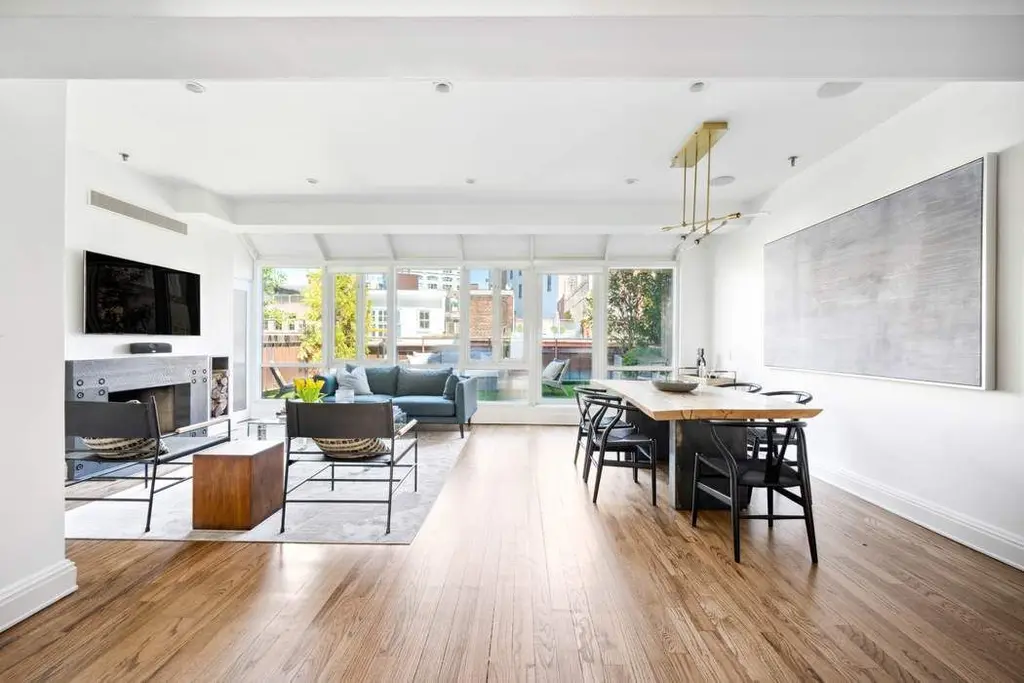
The Julliard Building, #PHA (Sothebys International Realty)


239 Central Park West, #PHB (Corcoran Group)
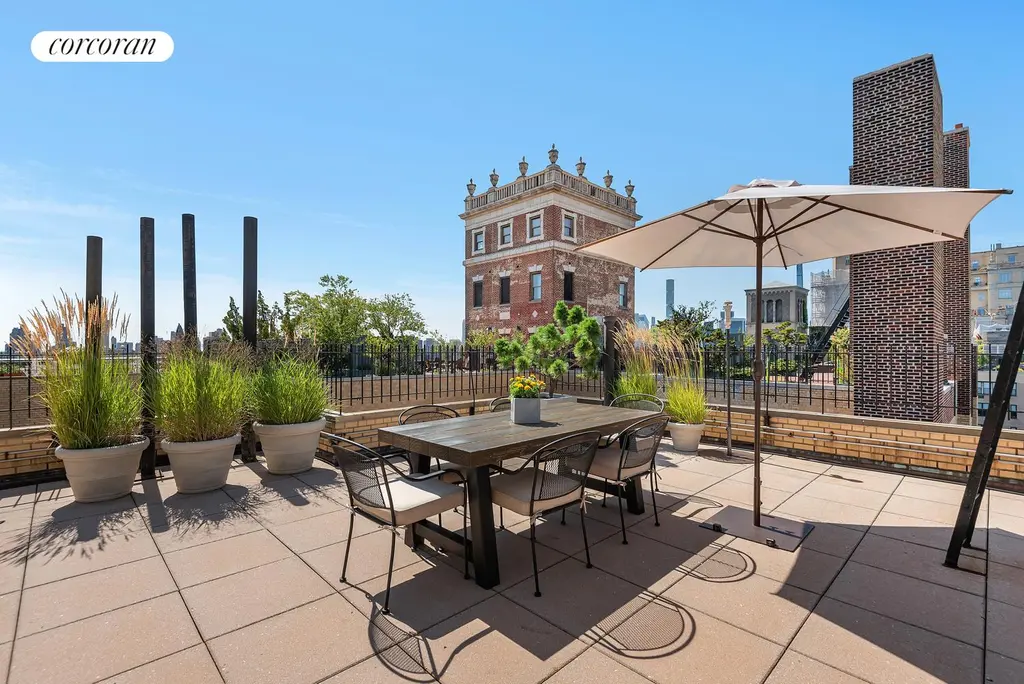

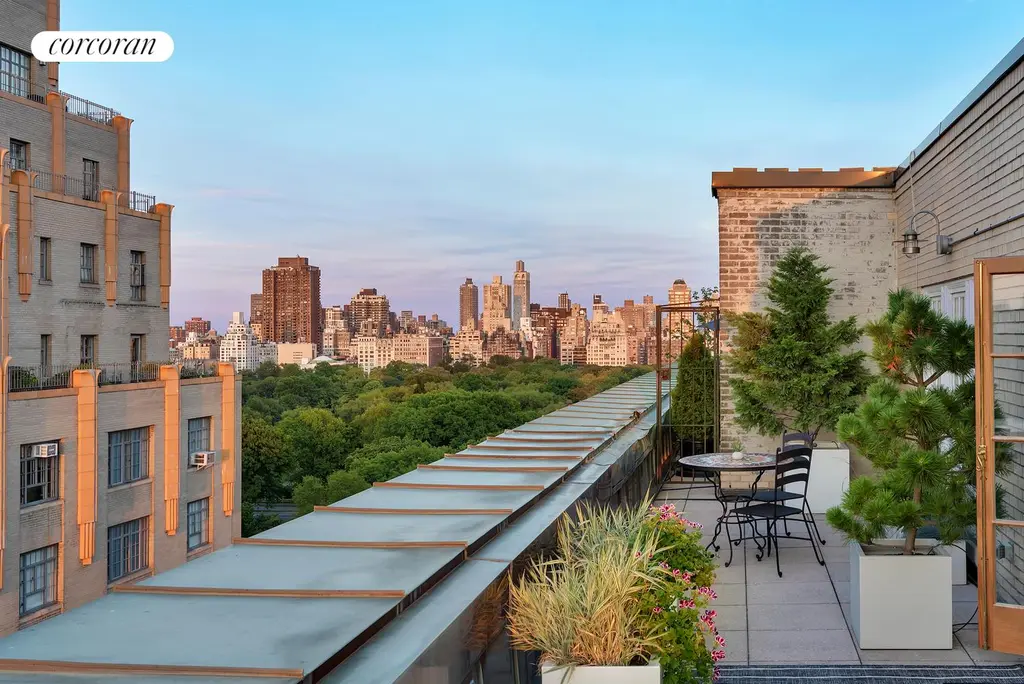
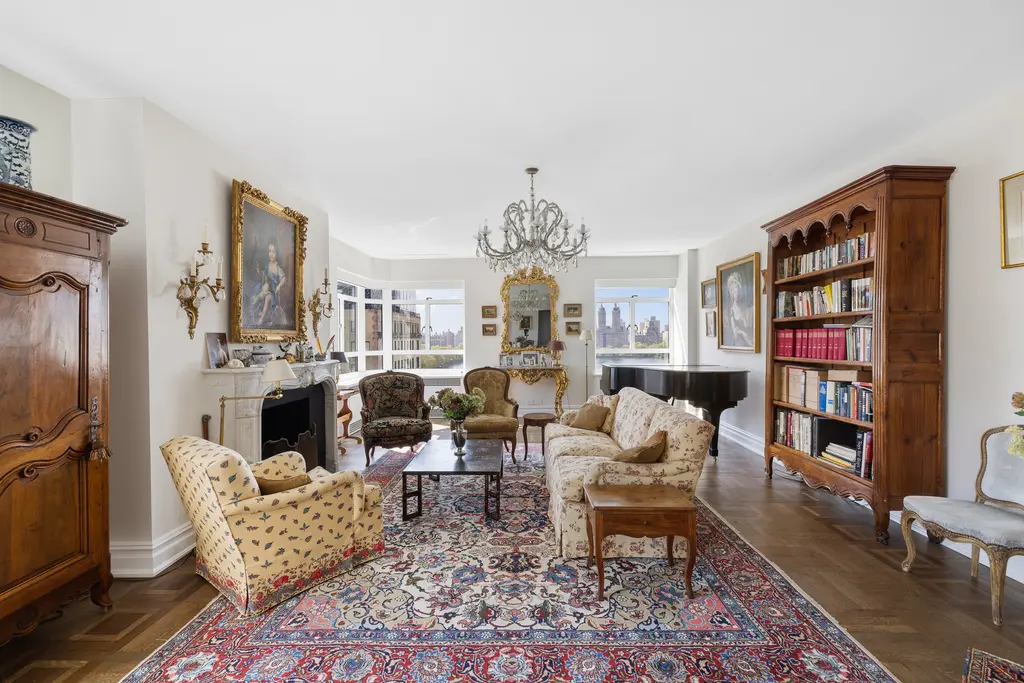
19 East 88th Street, #PHD (Nest Seekers LLC)

Rosie O’Donnell's penthouse
Sterling Plaza, #PHA
$7,500,000
Midtown East | Condominium | 4 Bedrooms, 3 Baths | 3,381 ft2
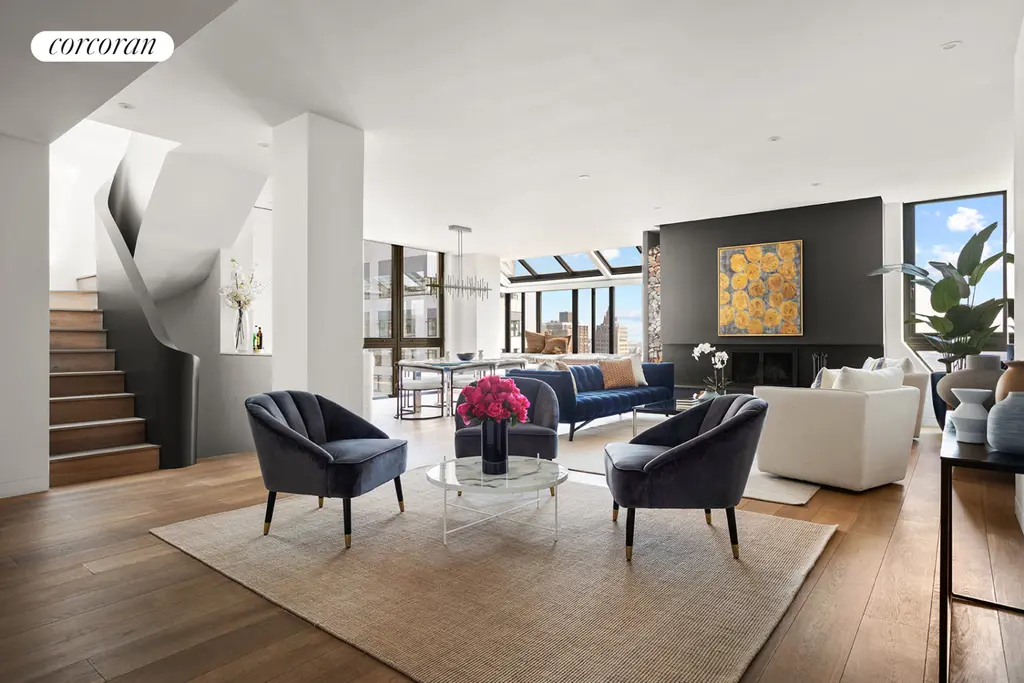
Sterling Plaza, #PHA (Corcoran Group)
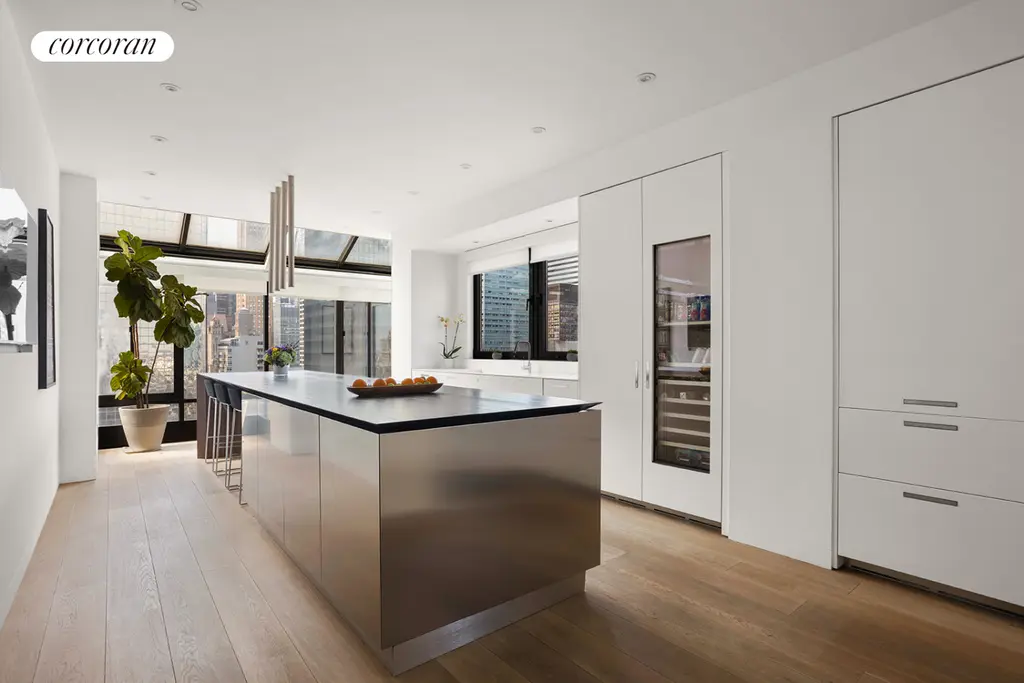
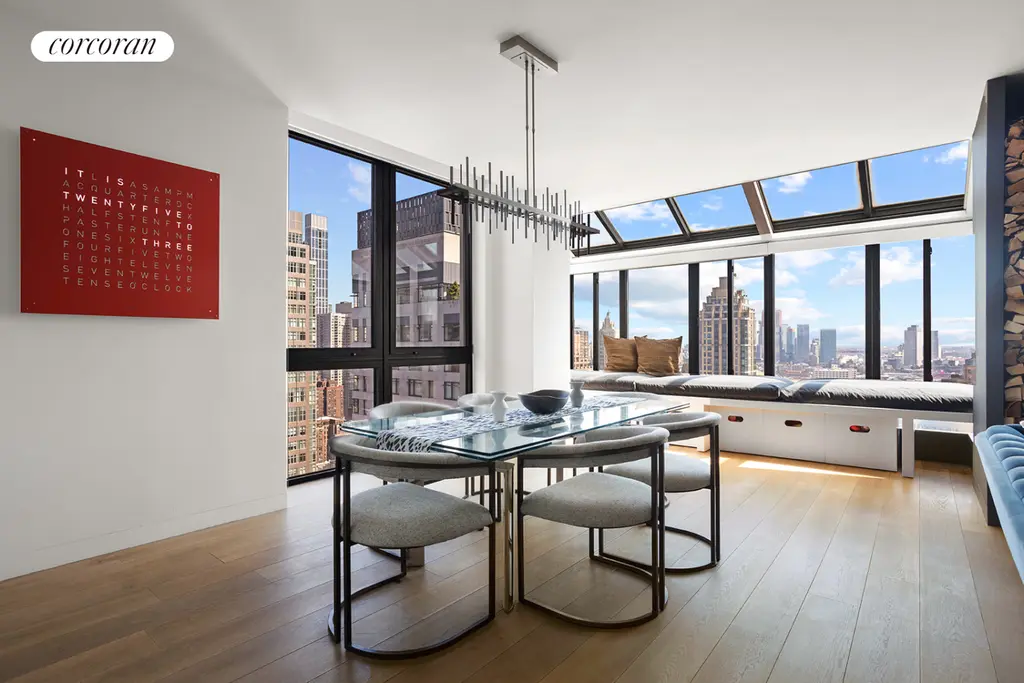

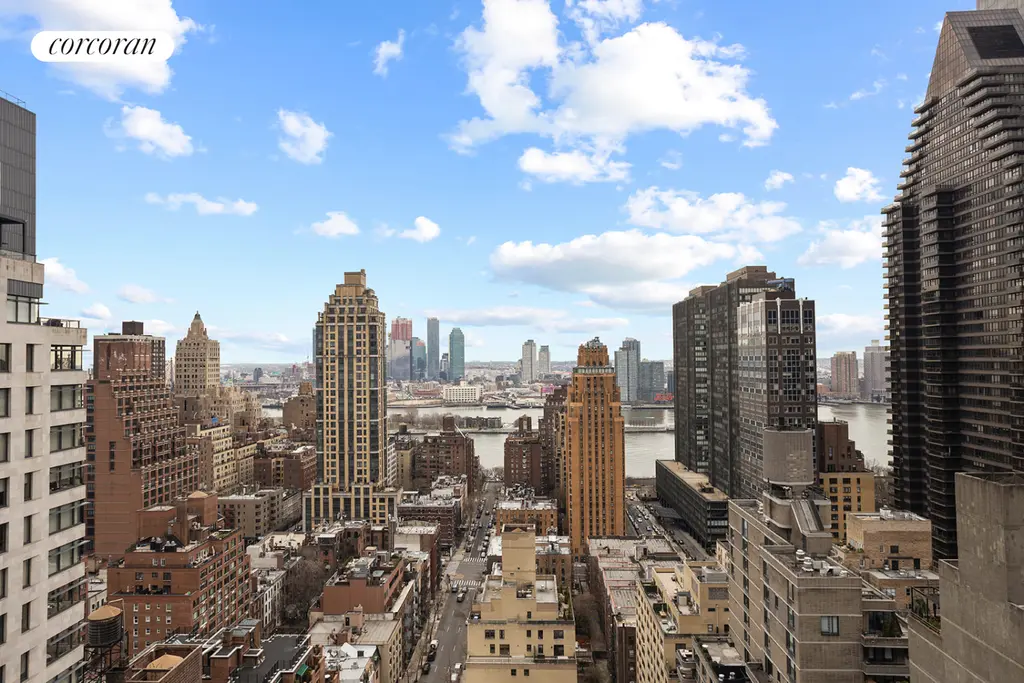
75 Kenmare Street, #PHC
$7,995,000
NoLiTa/Little Italy | Condominium | 2 Bedrooms, 2 Baths | 1,855 ft2
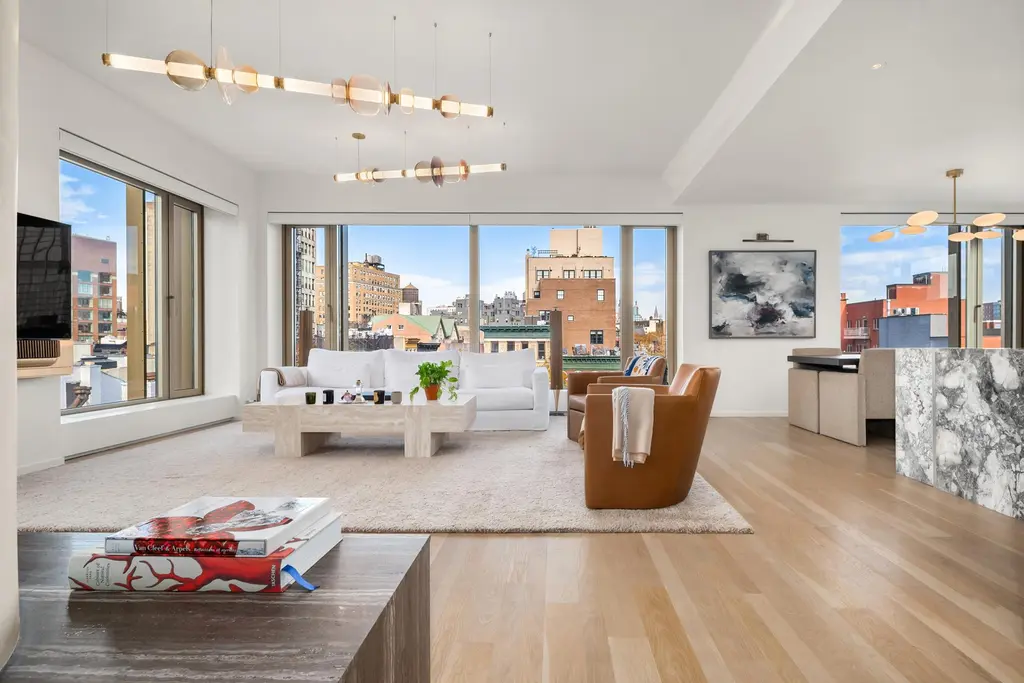
75 Kenmare Street, #PHC (Douglas Elliman Real Estate)
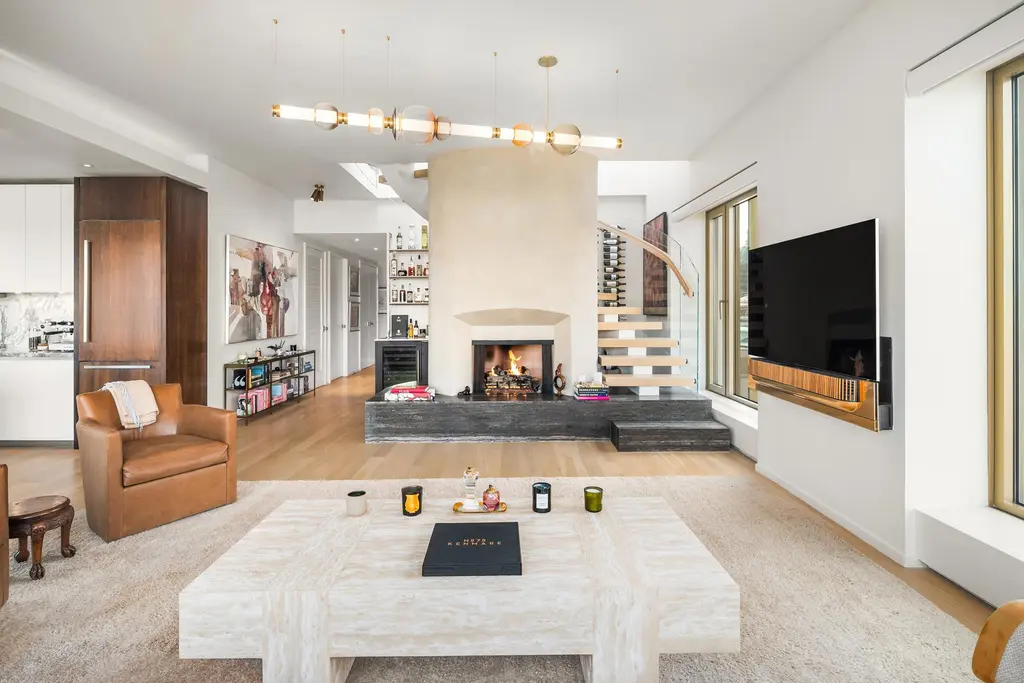

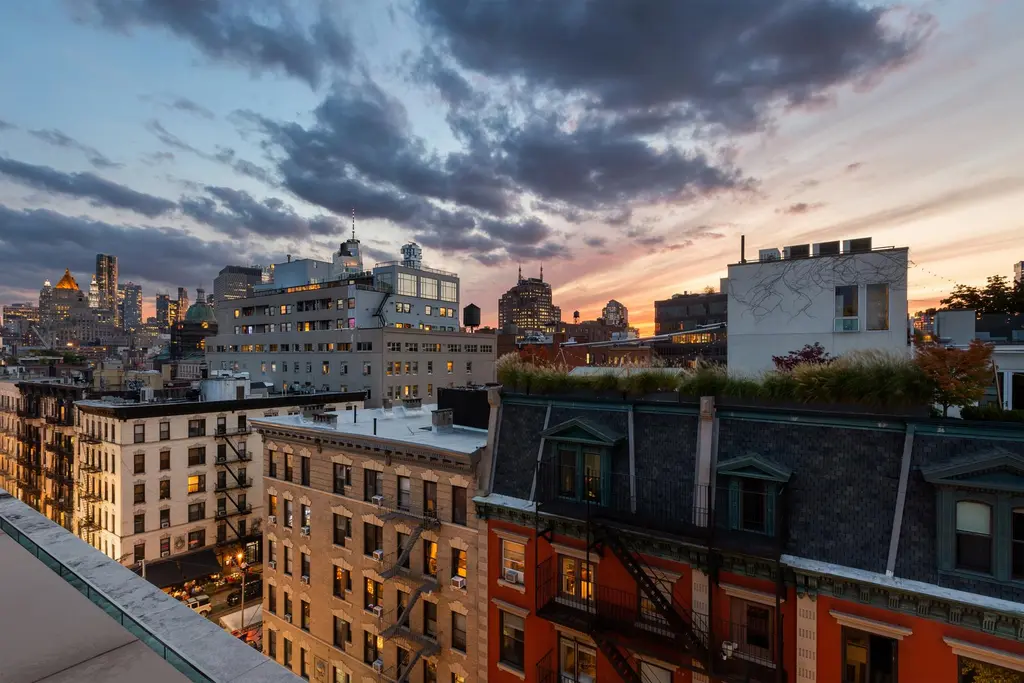
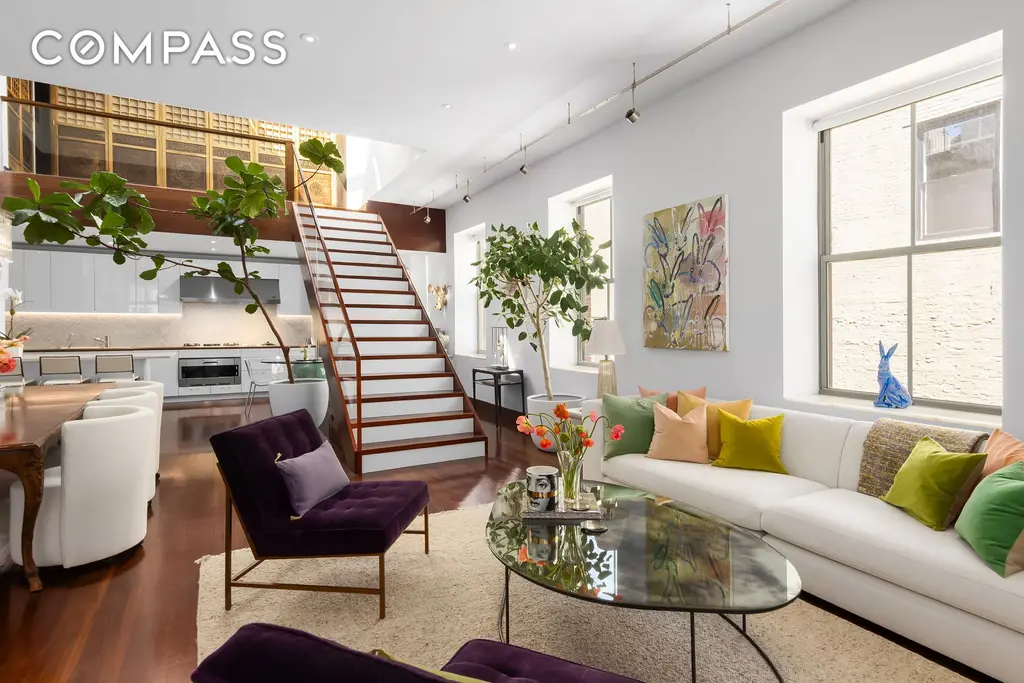
85 Mercer Street, #PHA (Compass)
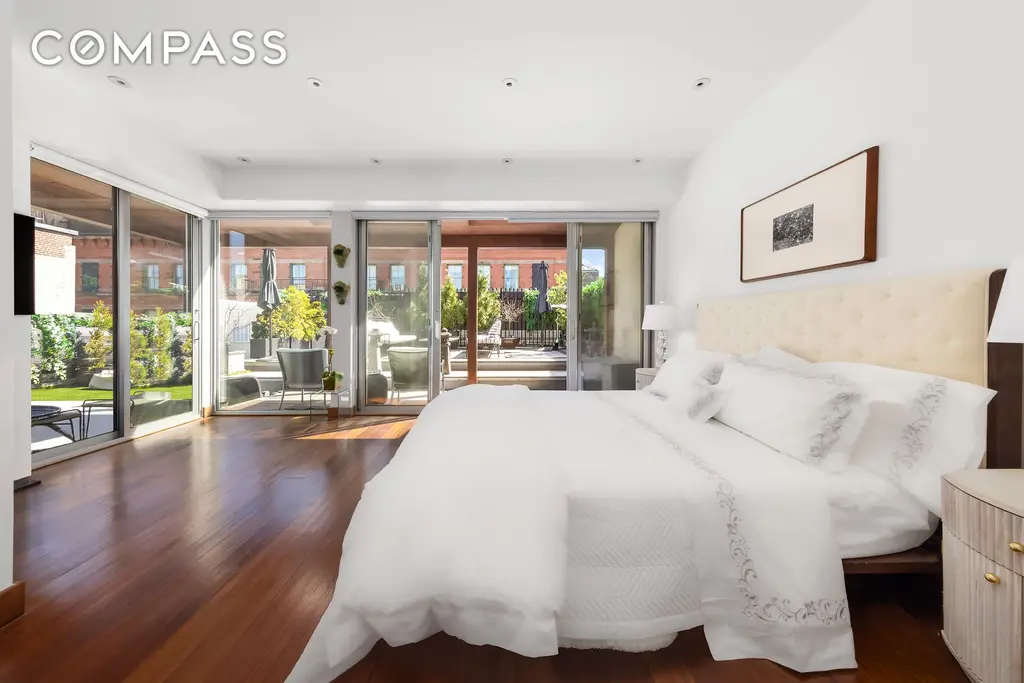
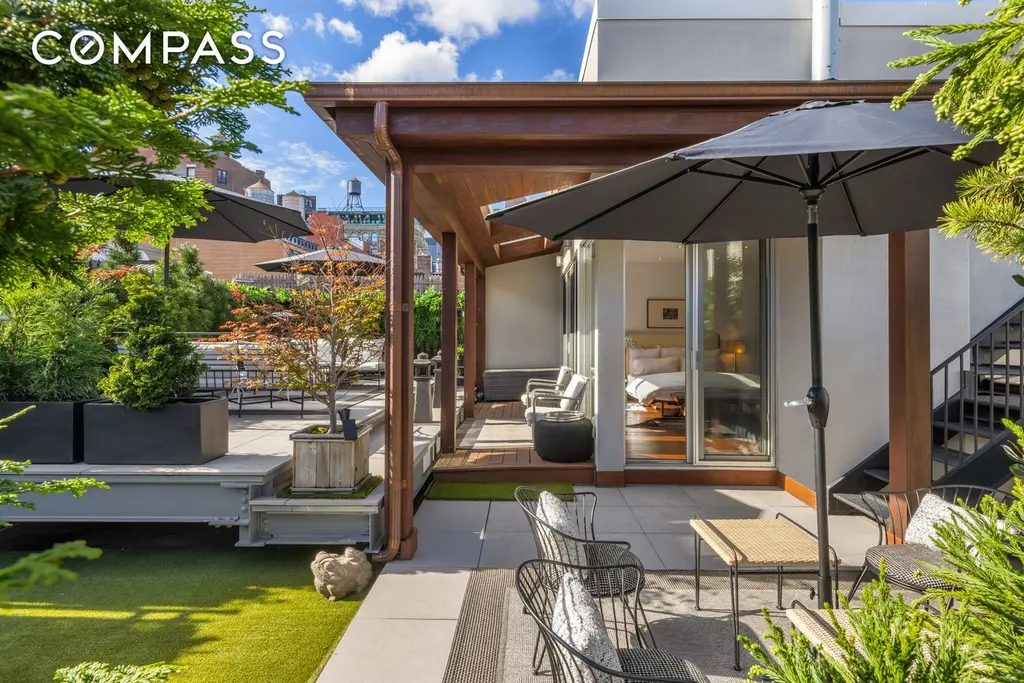
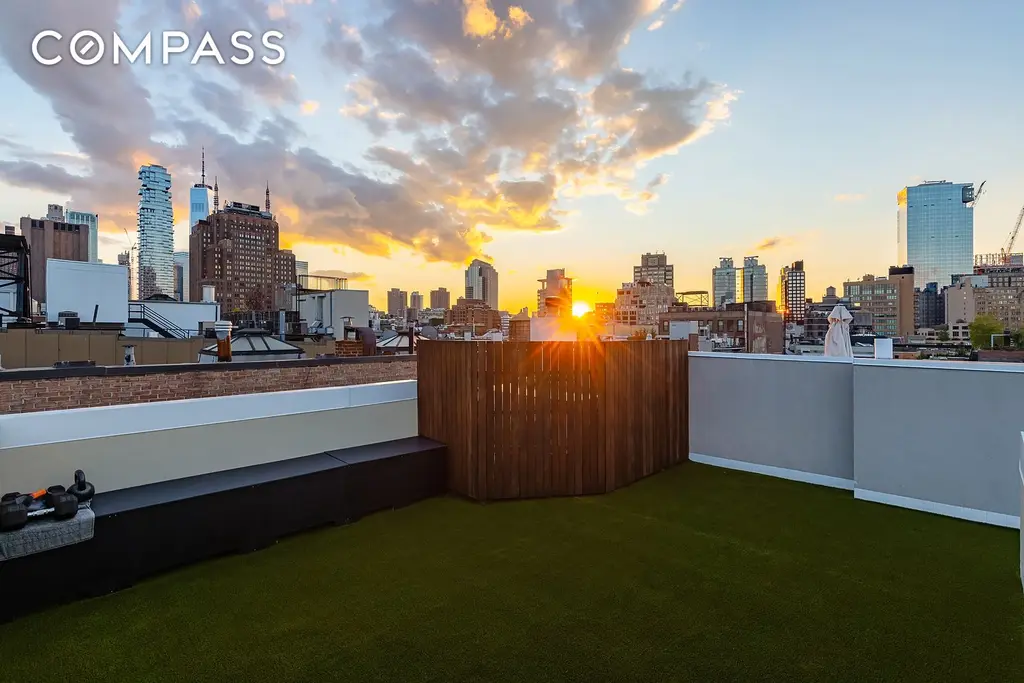

16 Hudson Street, #PHD (Douglas Elliman Real Estate)
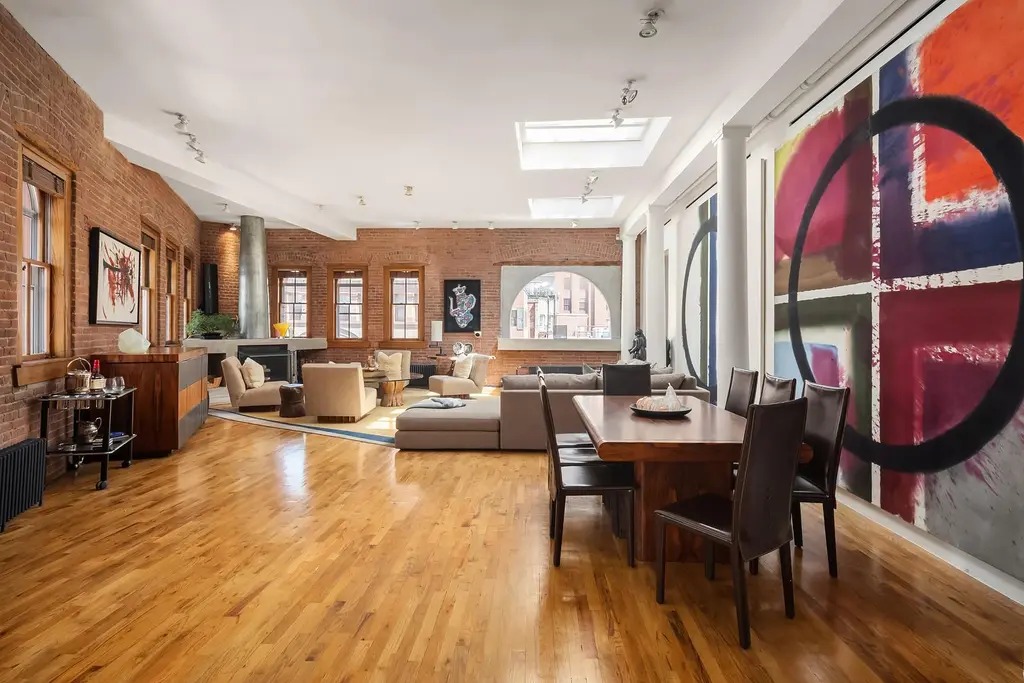


30 Beekman Place, #PH (Sothebys International Realty)

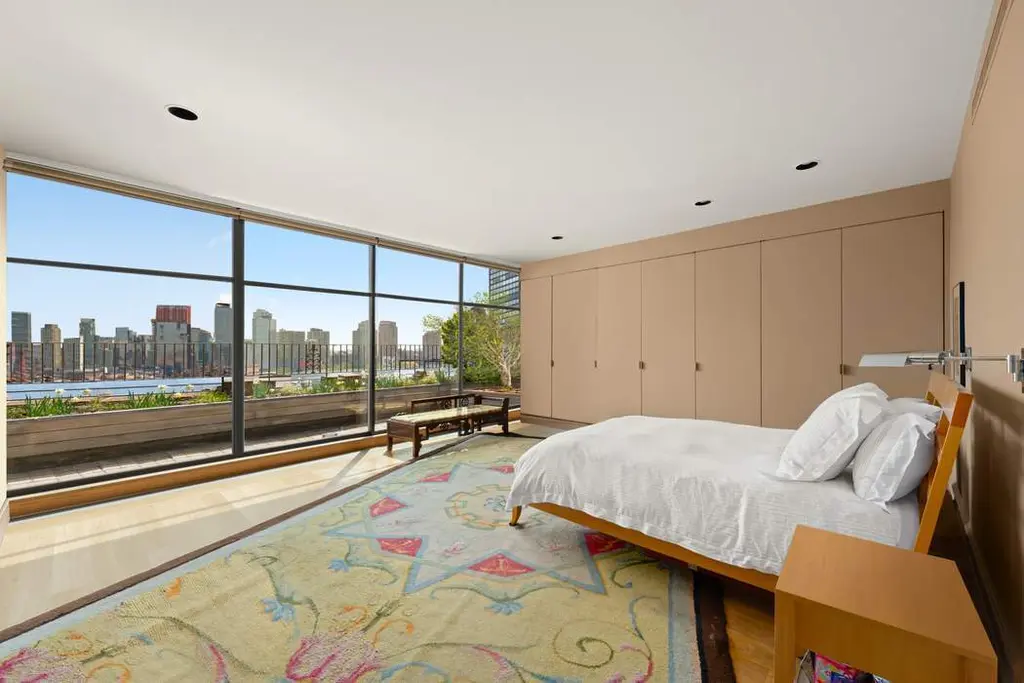

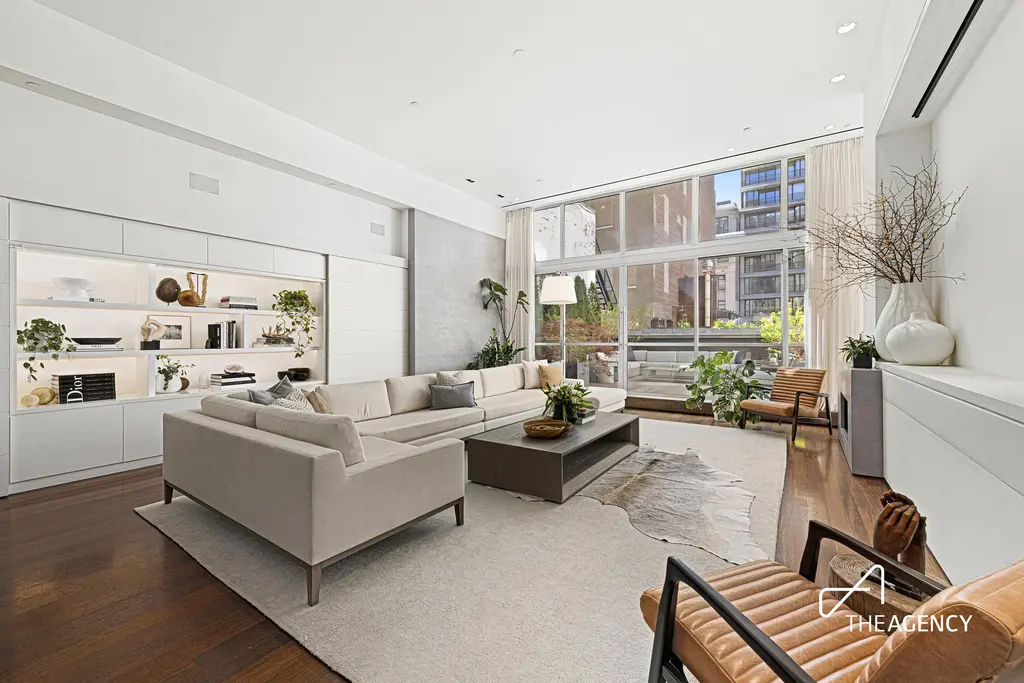
104 Charlton Street, #PHW (The Agency Brokerage)
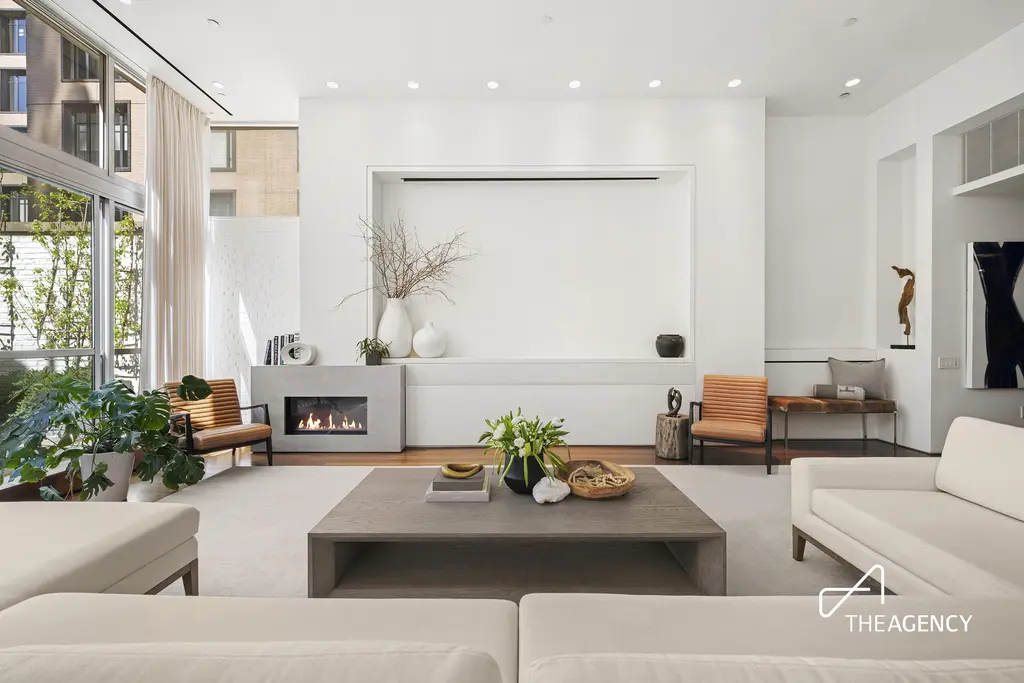
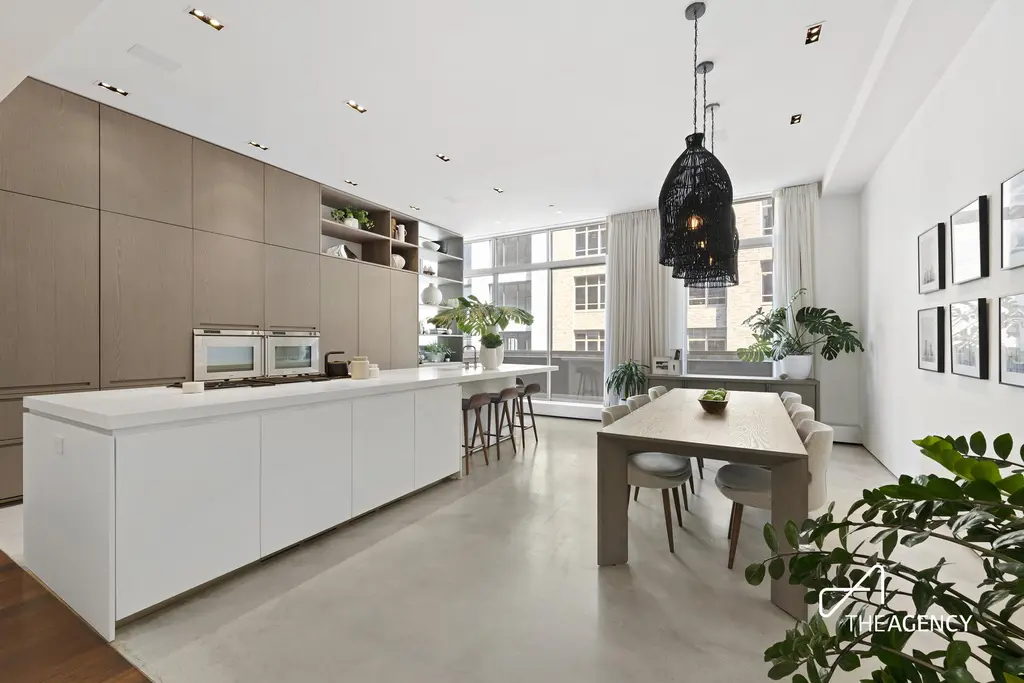
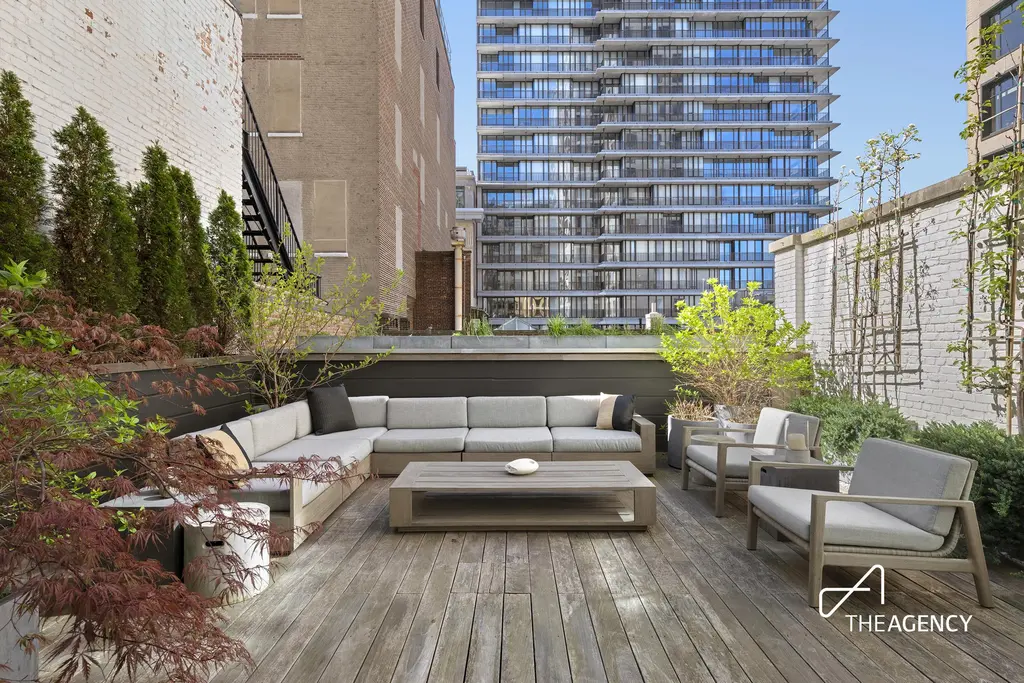
The Campanile, #PENTHOUSE
$9,800,000
Beekman/Sutton Place | Cooperative | 2 Bedrooms, 2.5 Baths | 3,000 ft2
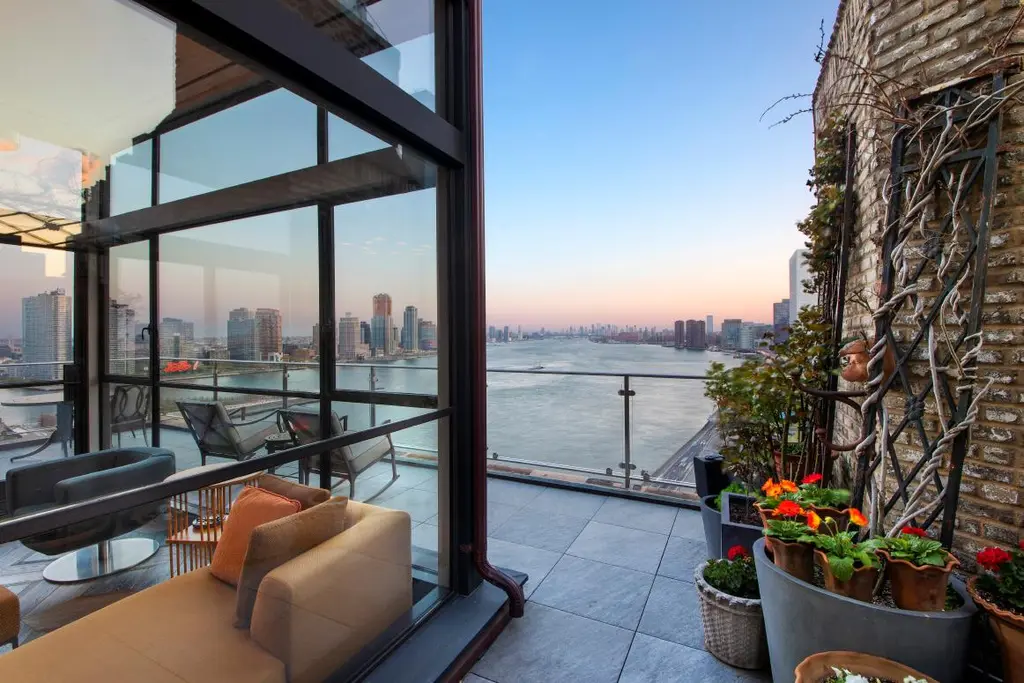
The Campanile, #PENTHOUSE (Douglas Elliman Real Estate)
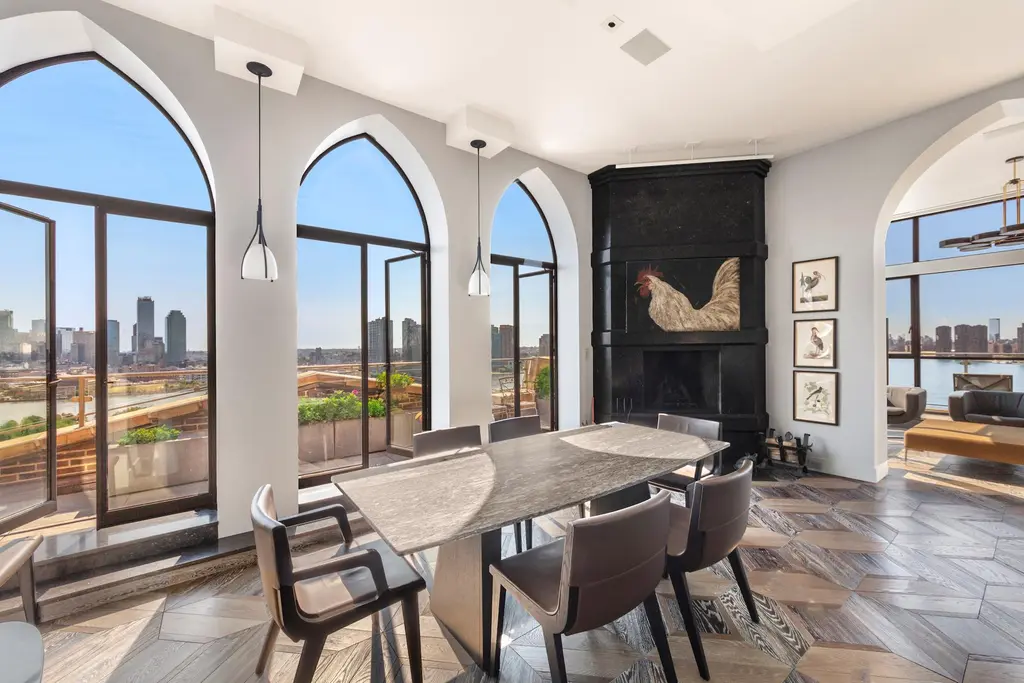
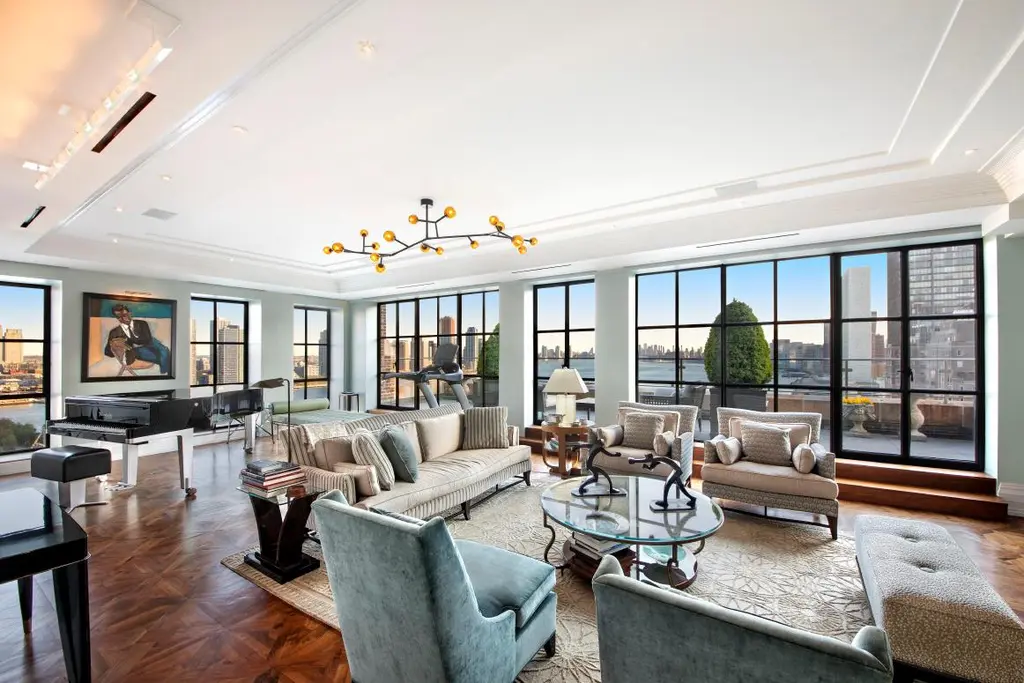
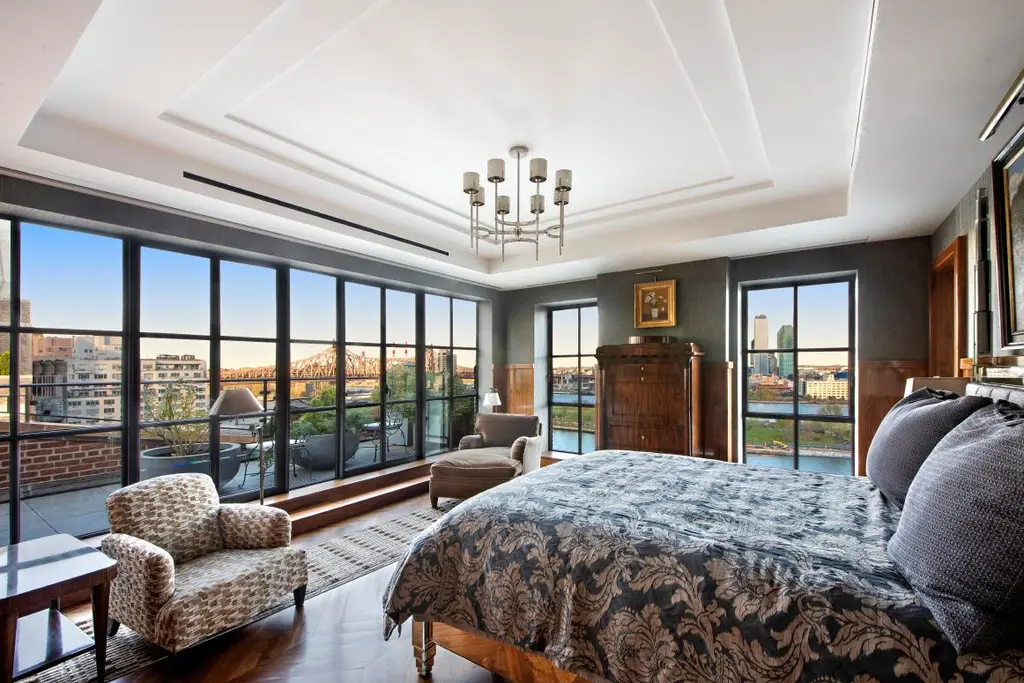

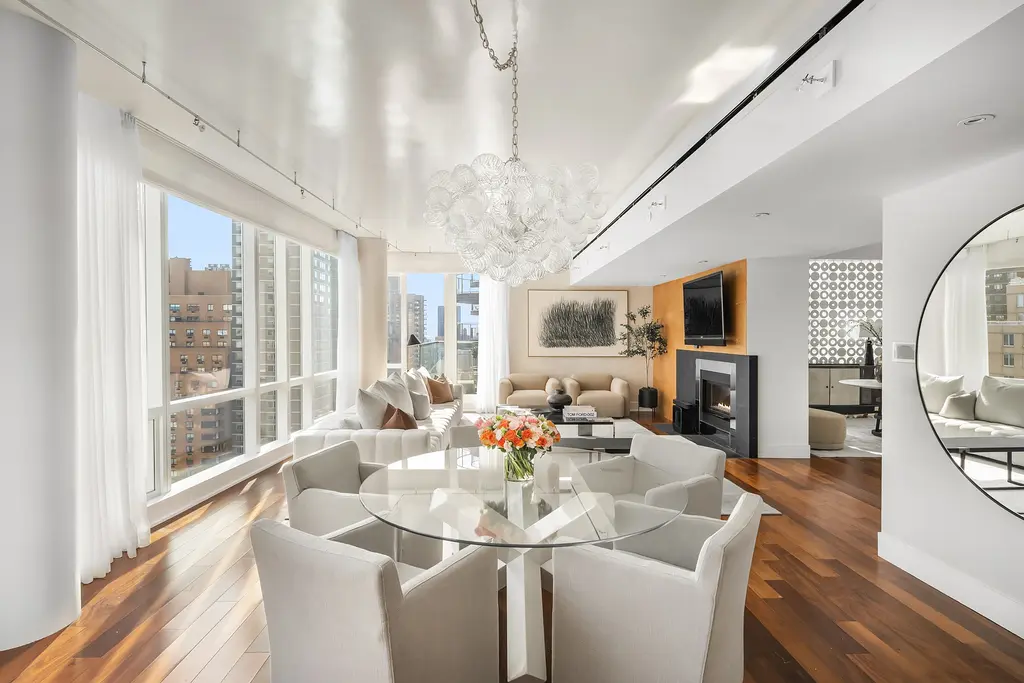
The Lucida, #PHH (Modlin Group LLC)
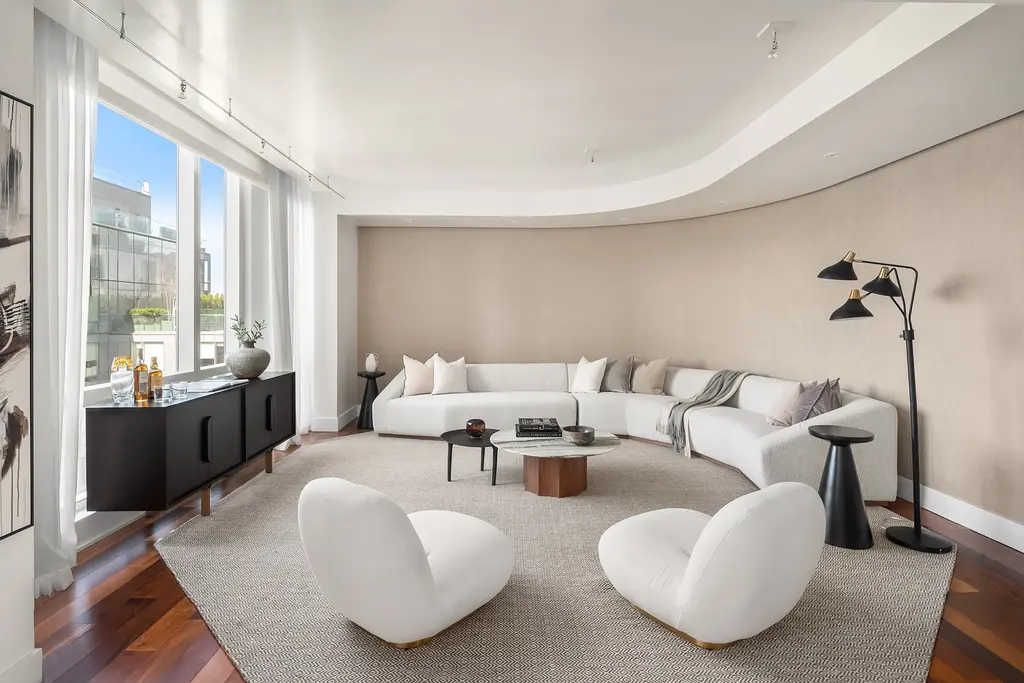

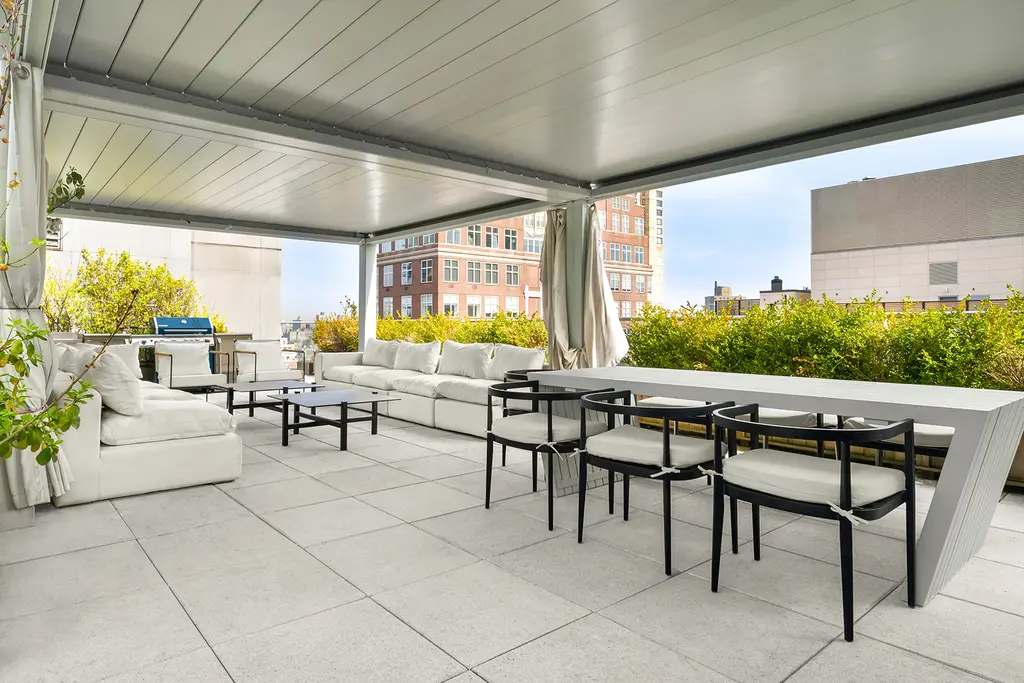
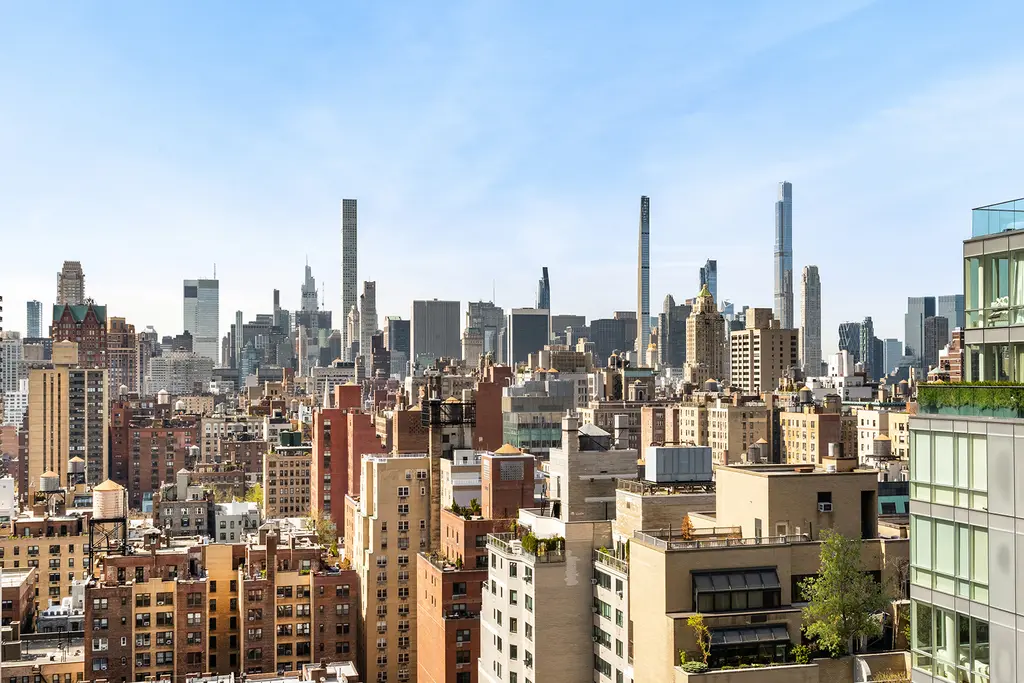

65 Central Park West, #PHNORTH (Serhant LLC)
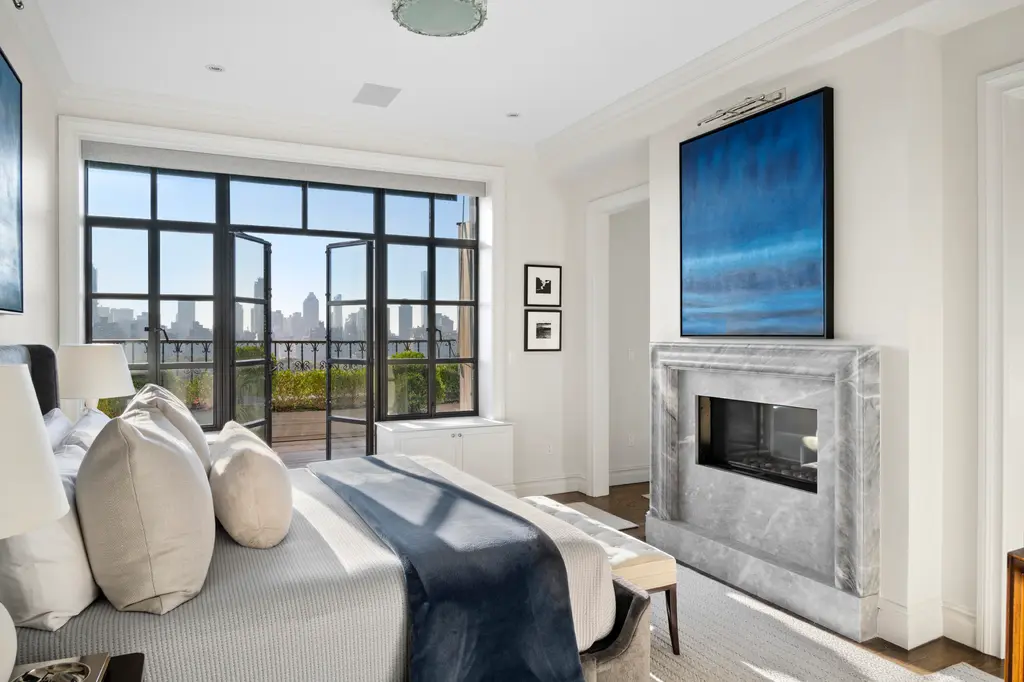

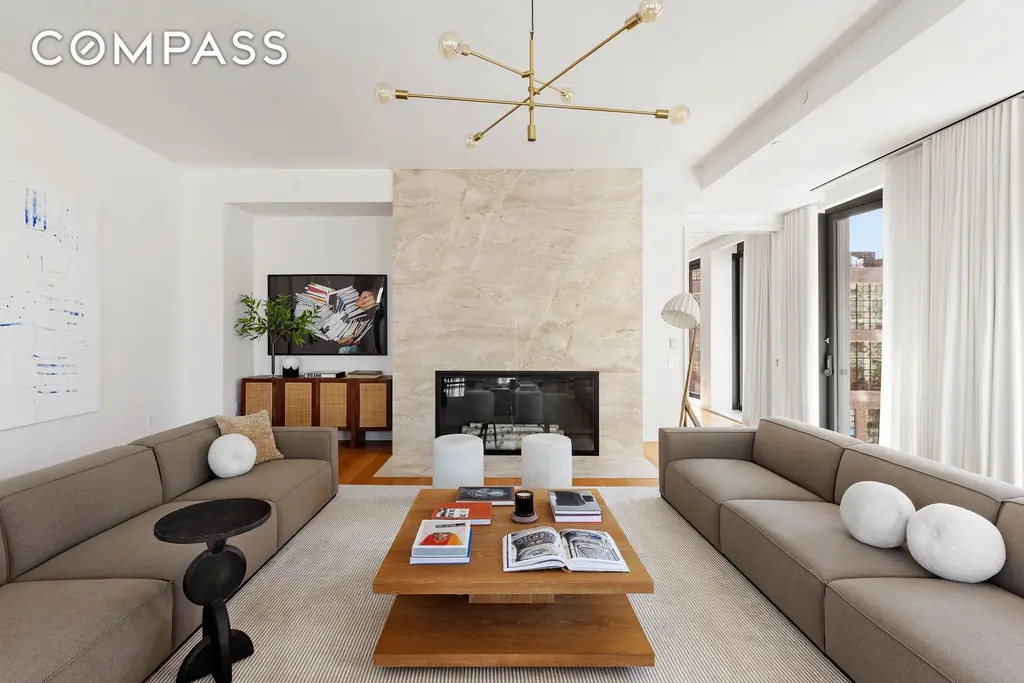
505 West 19th Street, #PH1 (Compass)
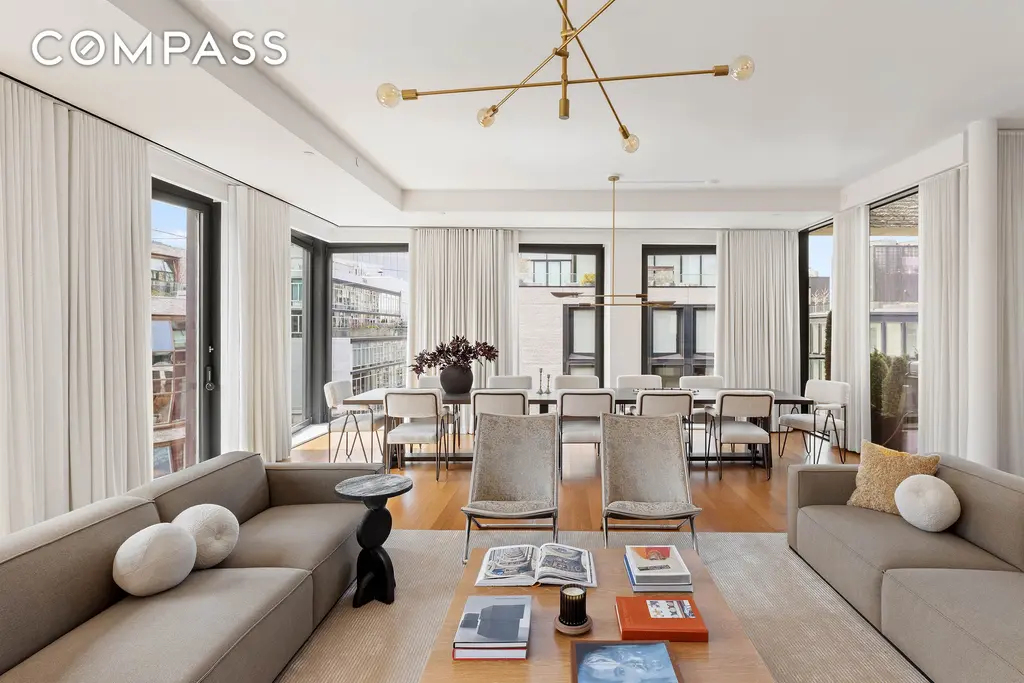

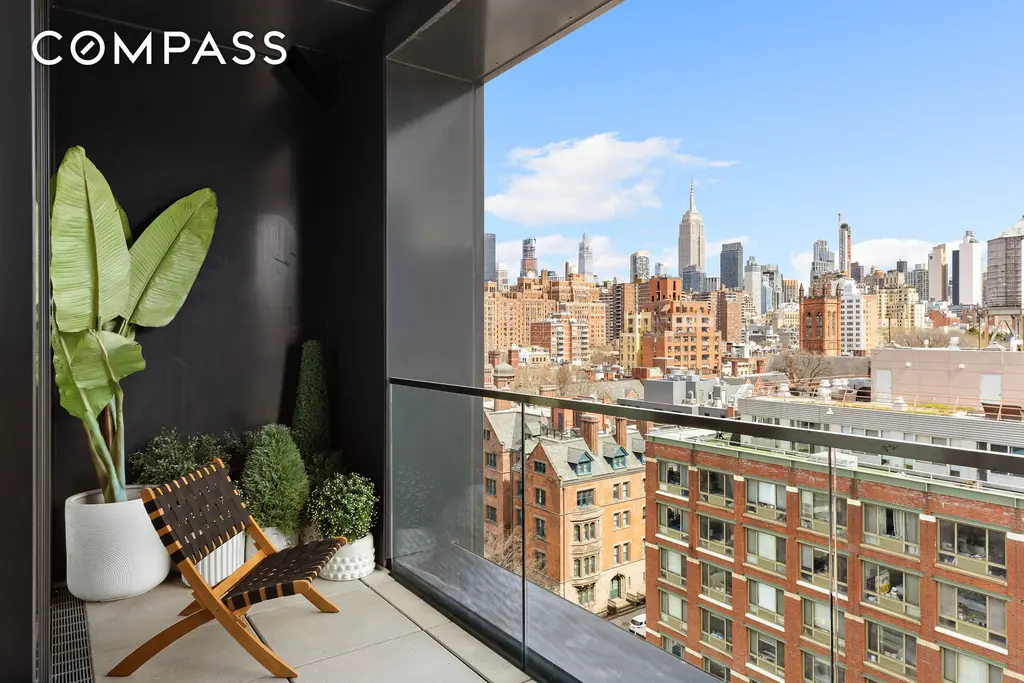
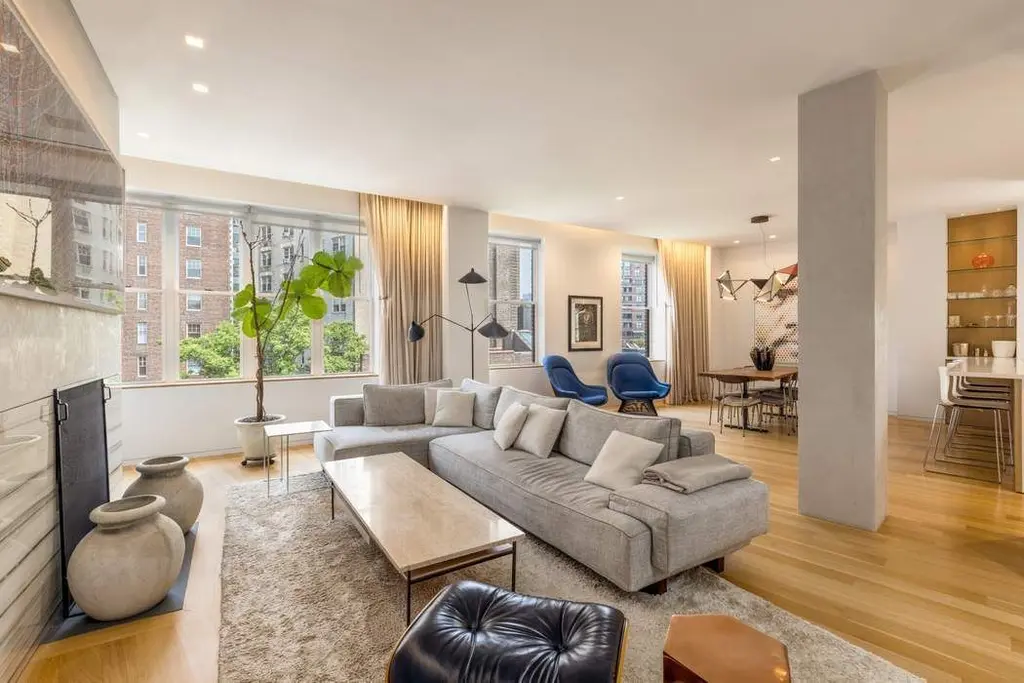
Greenwich House, #PHB (Sothebys International Realty)
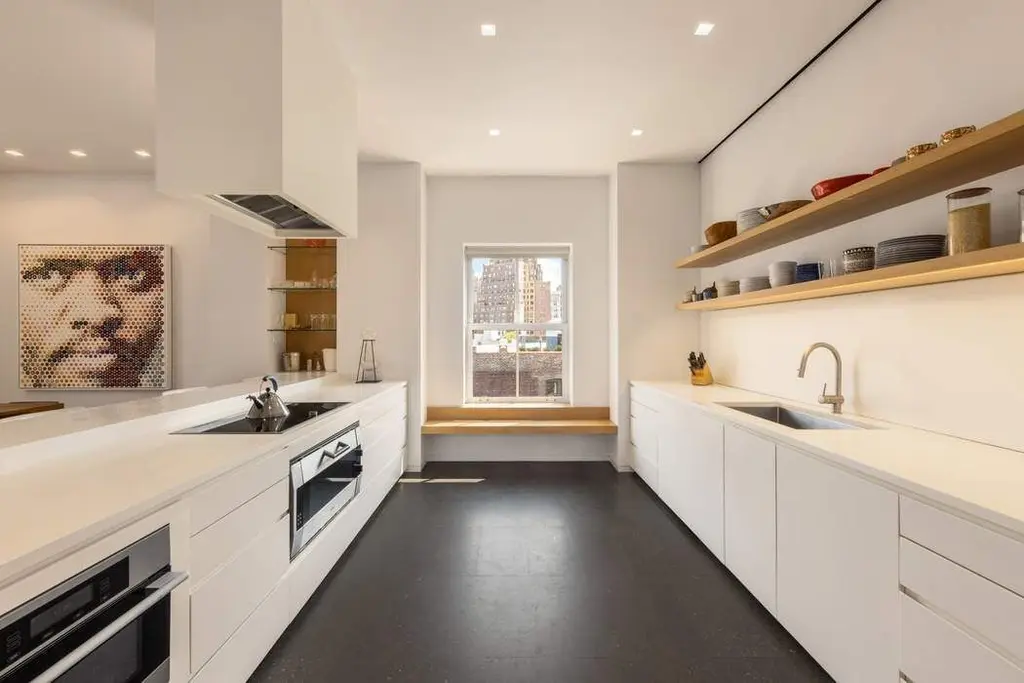
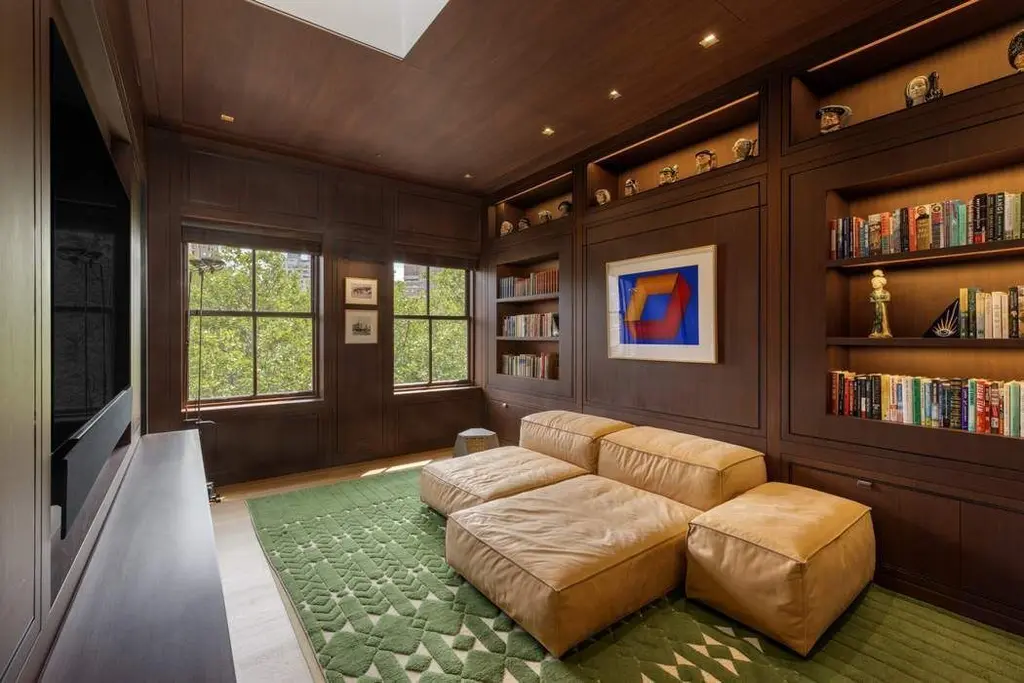
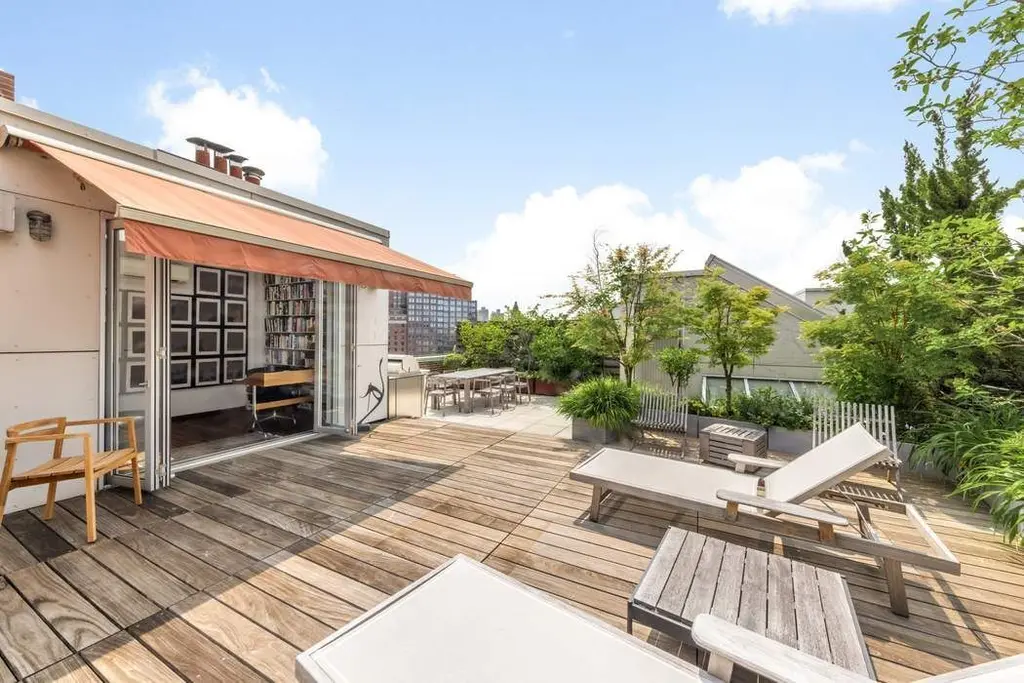

25 Mercer Street, #PENTHOUSE (Douglas Elliman Real Estate)
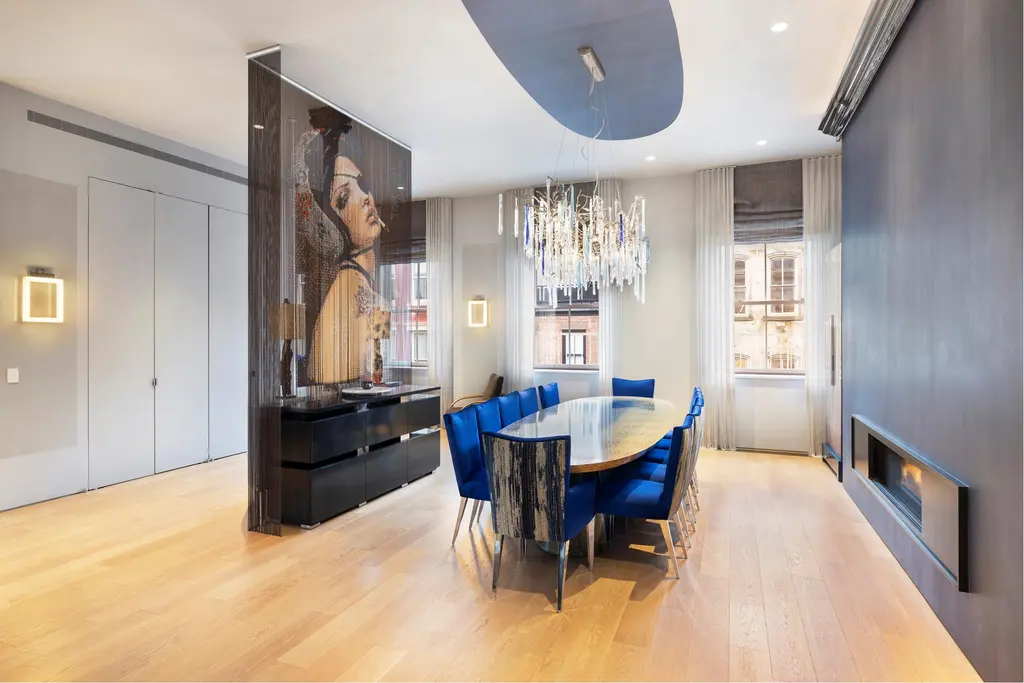

90 Morton Street, #PH9A
$18,995,000 (-4.8%)
West Village | Condominium | 3 Bedrooms, 3 Baths | 3,675 ft2
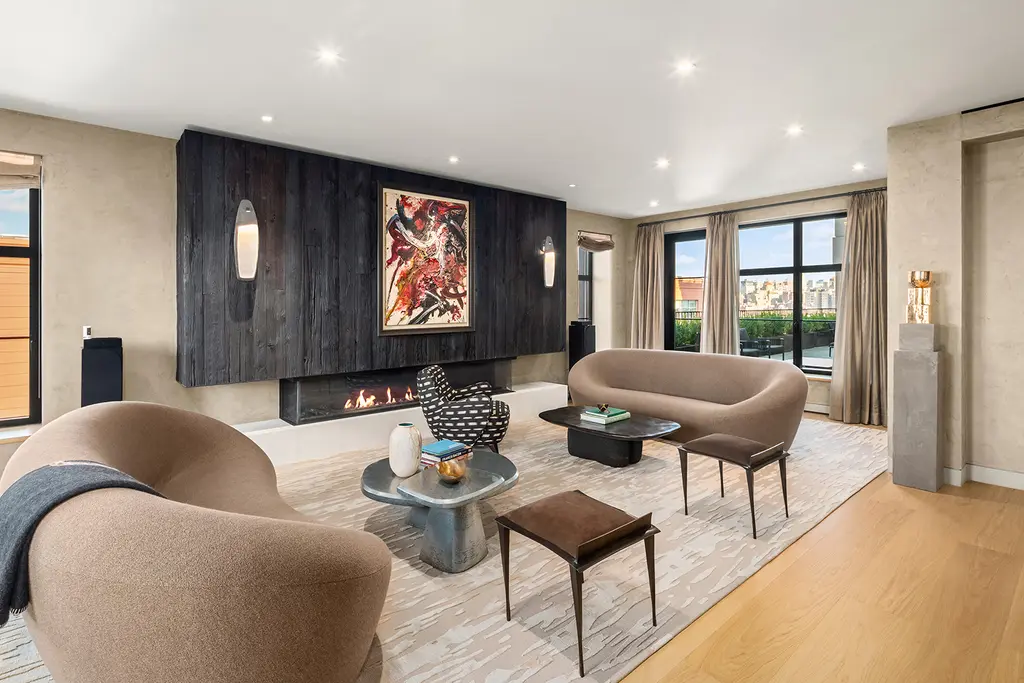
90 Morton Street, #PH9A (Modlin Group LLC)
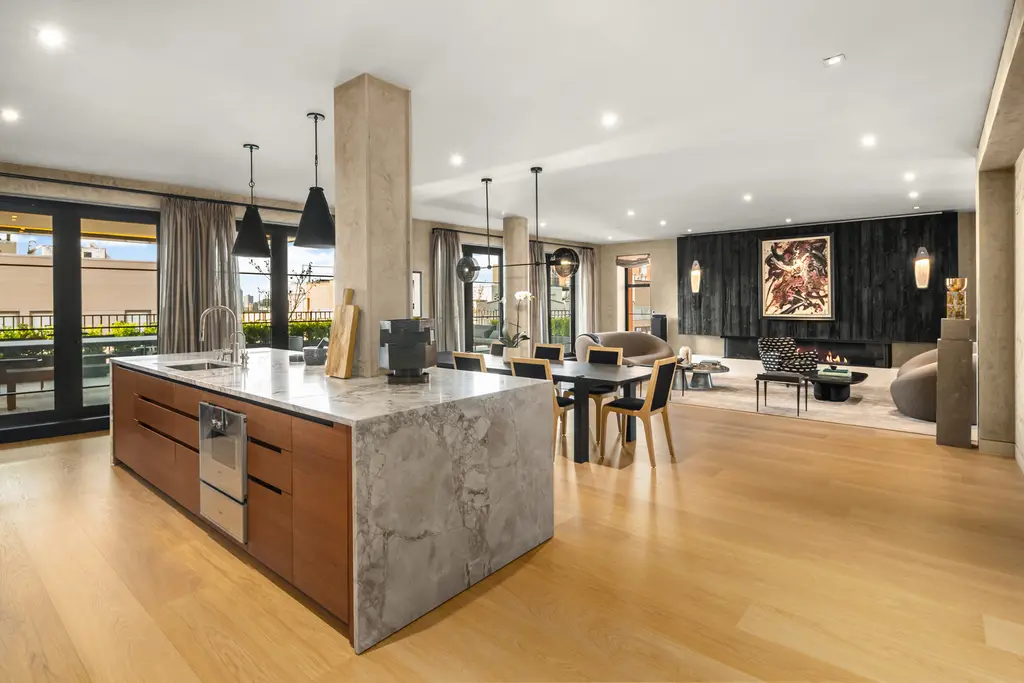
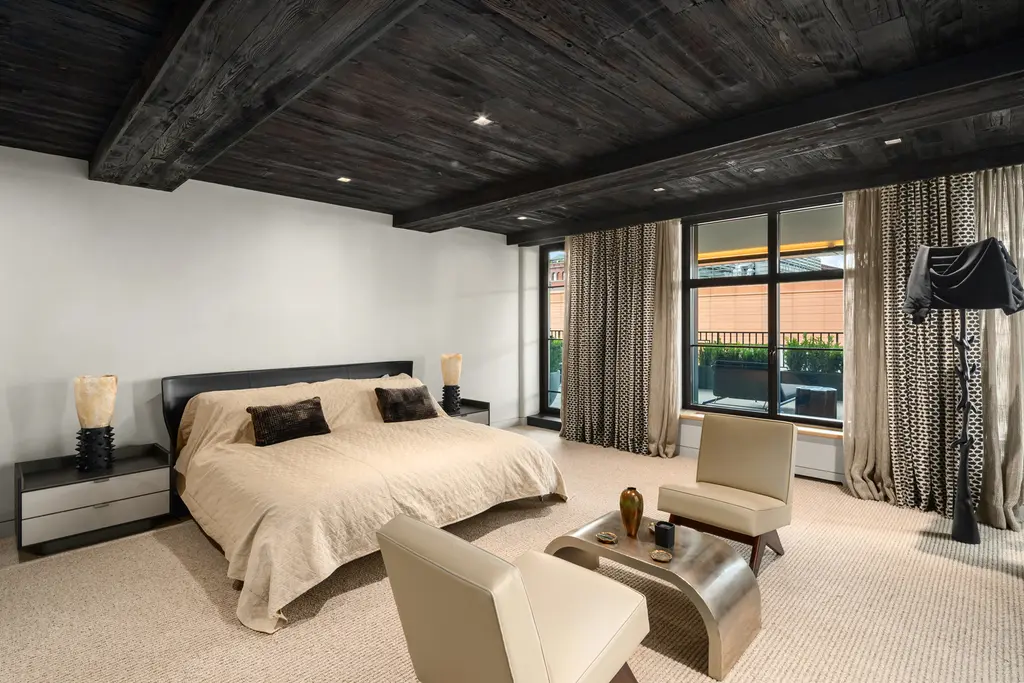
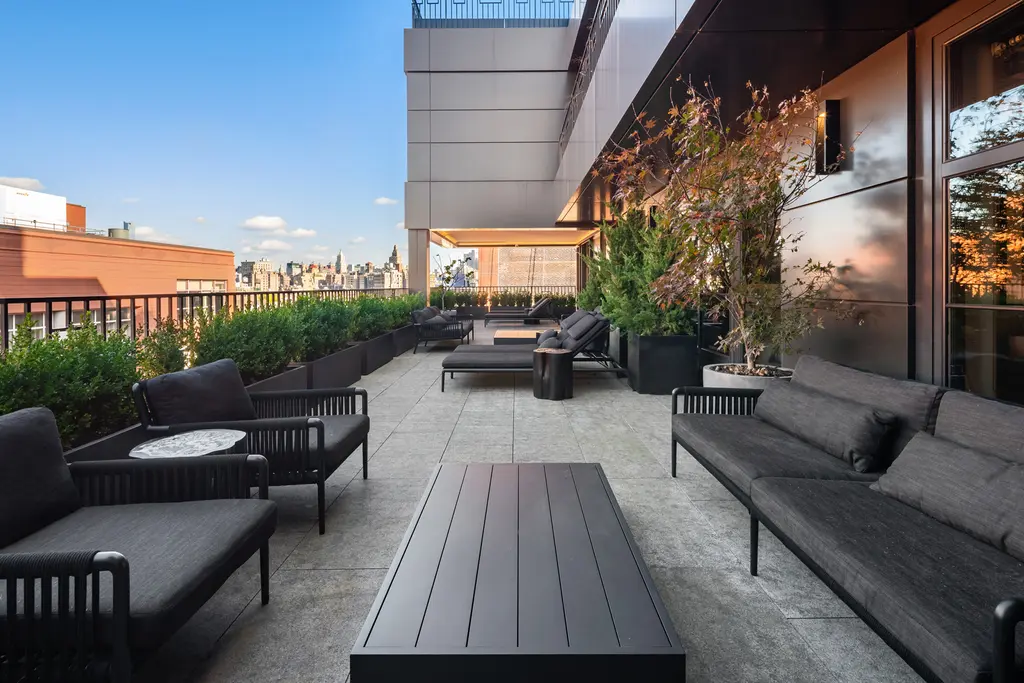

The Stuart Duncan, #PH
$19,750,000 (-16%)
Park/Fifth Ave. to 79th St. | Condominium | 3 Bedrooms, 3.5 Baths | 7,325 ft2
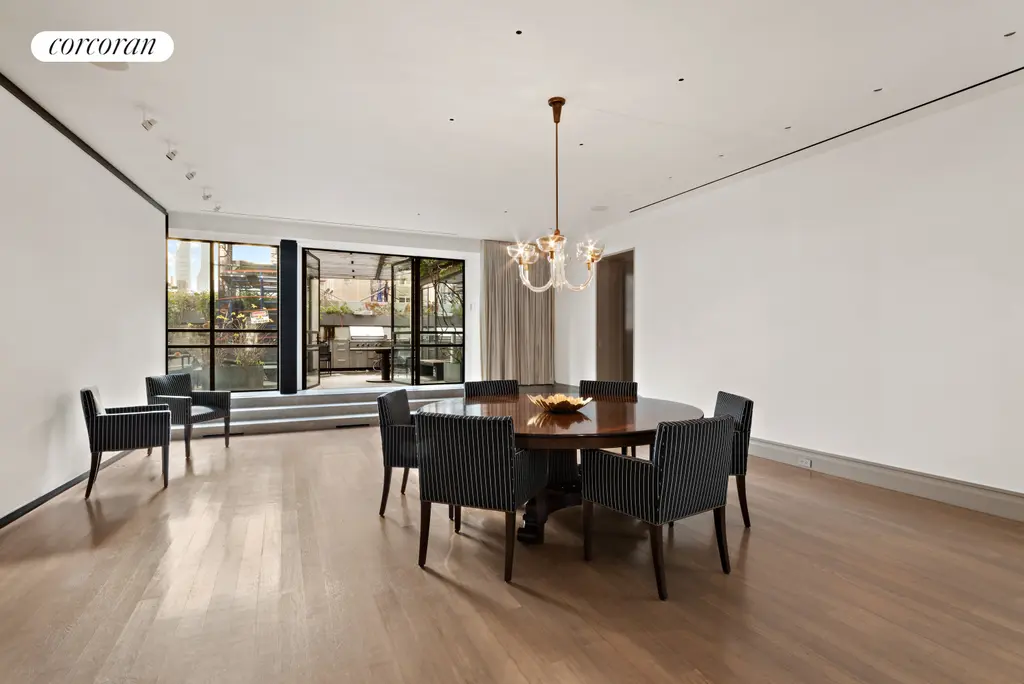
The Stuart Duncan, #PH (Corcoran Group)

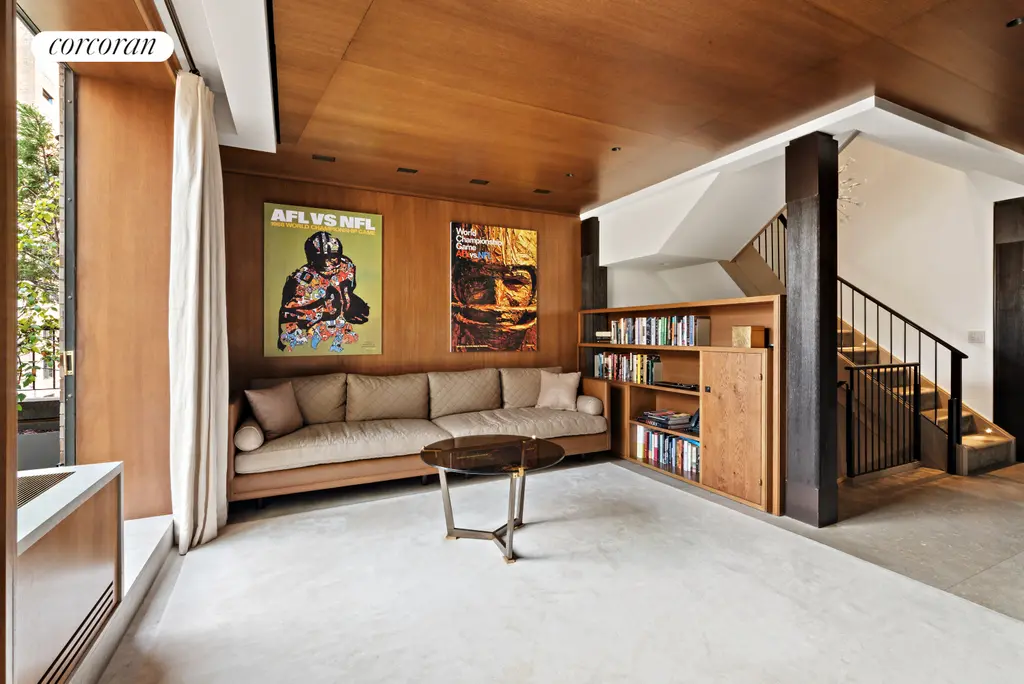
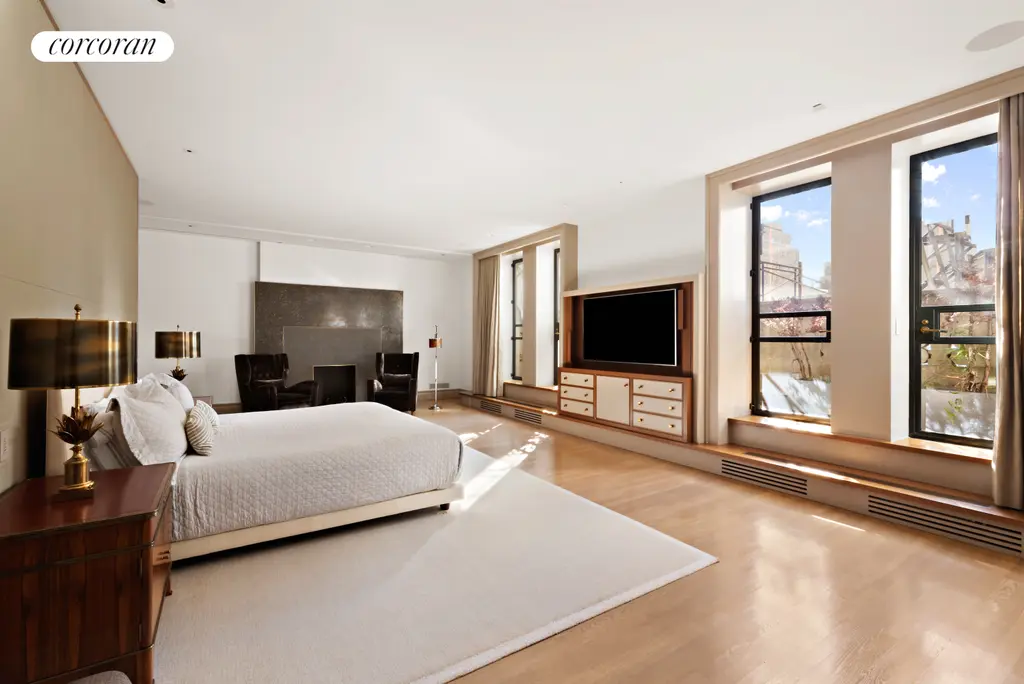
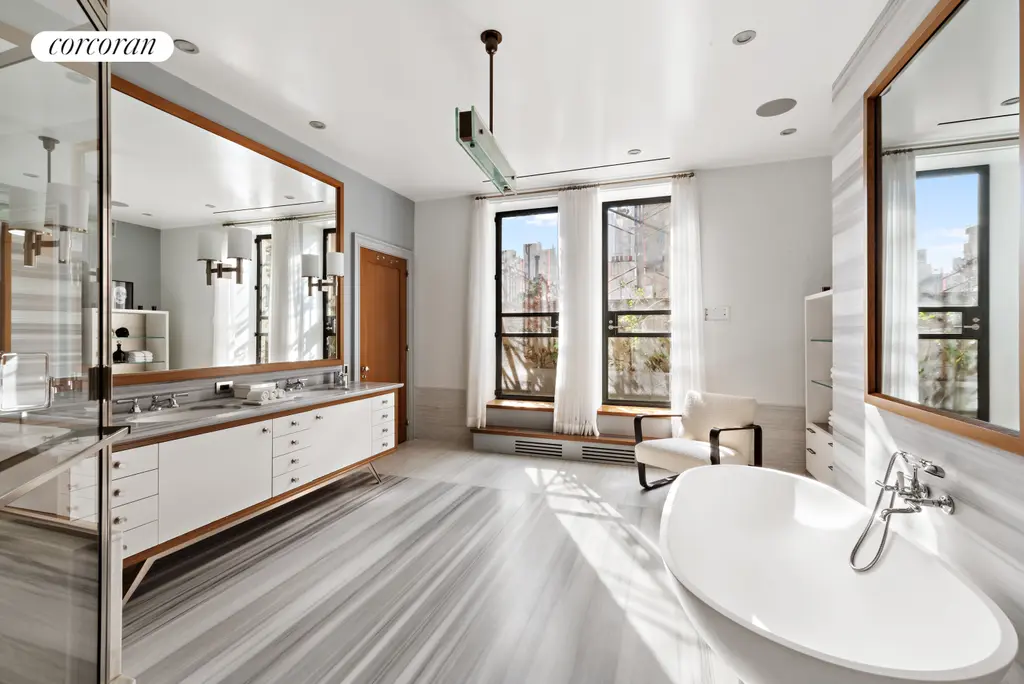
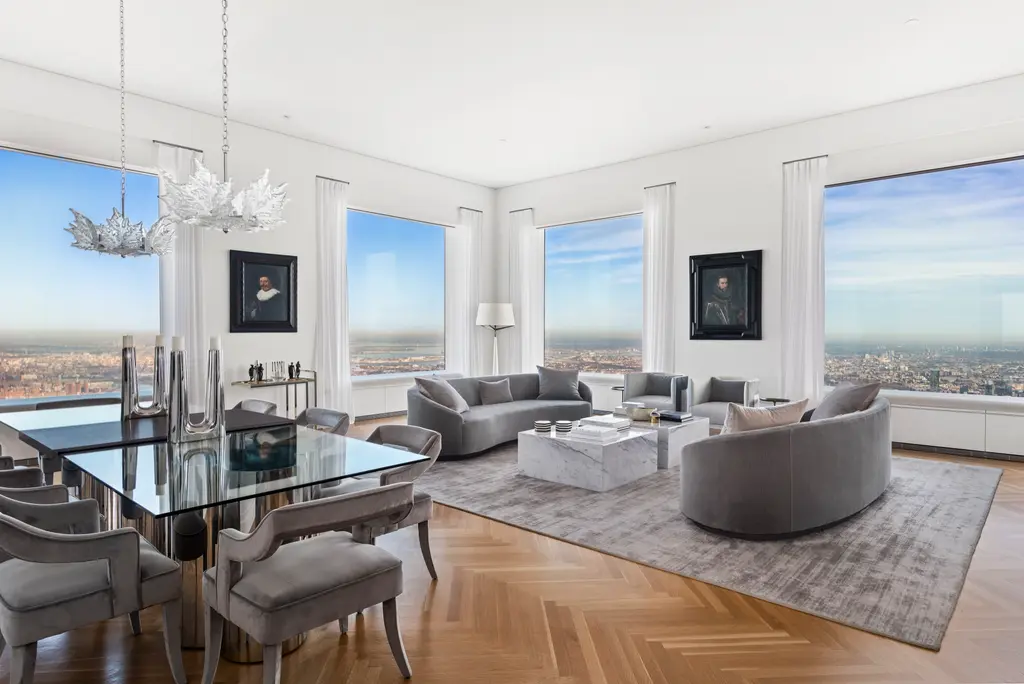
432 Park Avenue, #PH94A (OFFICIAL)
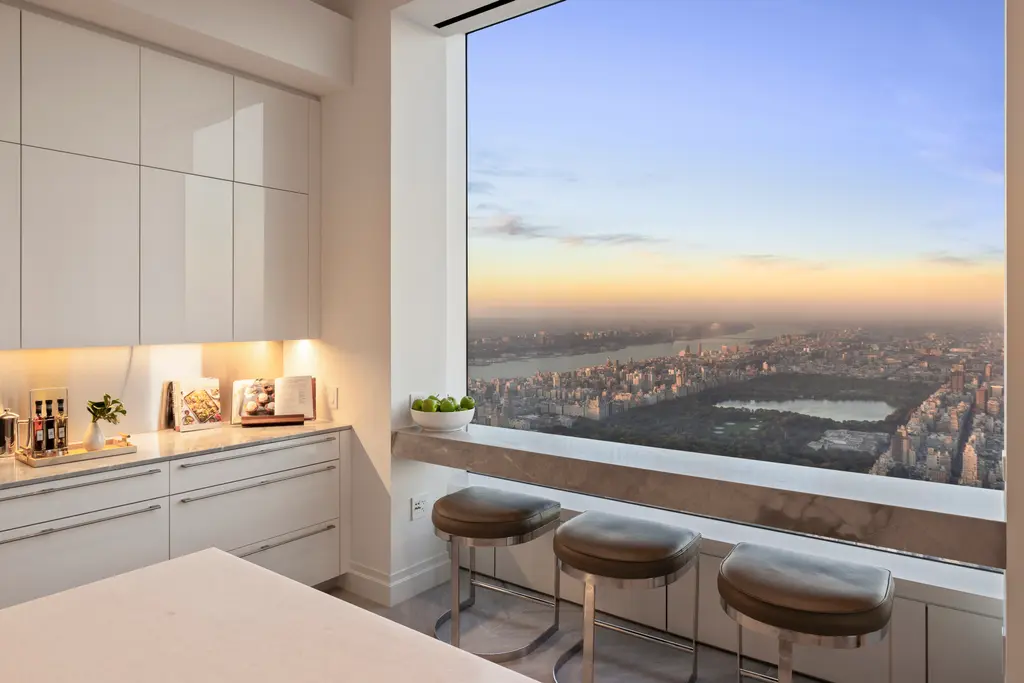
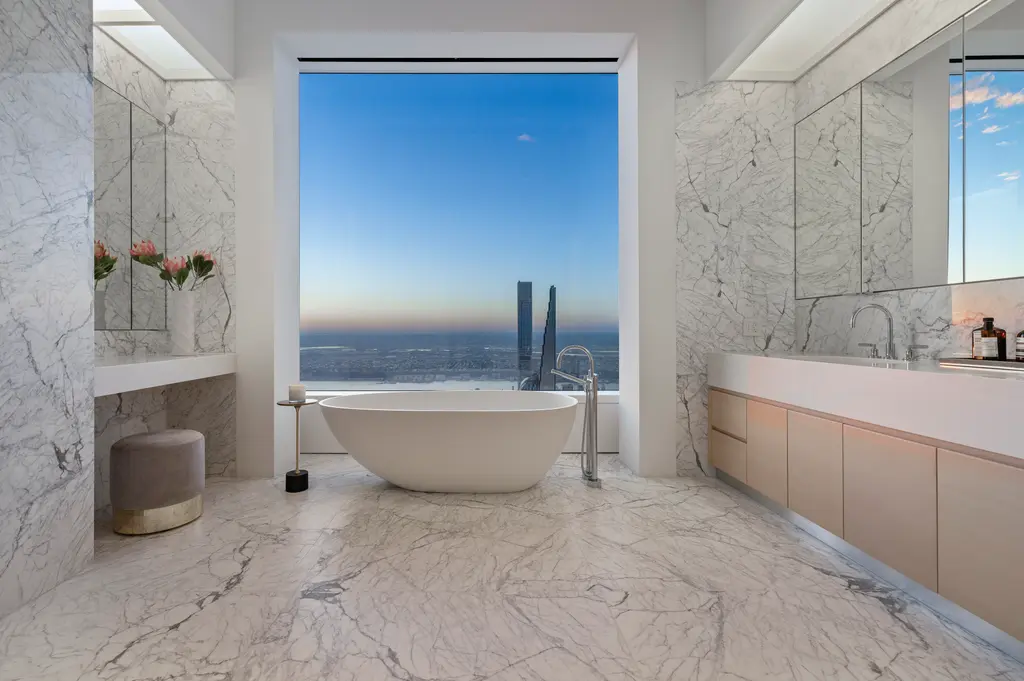
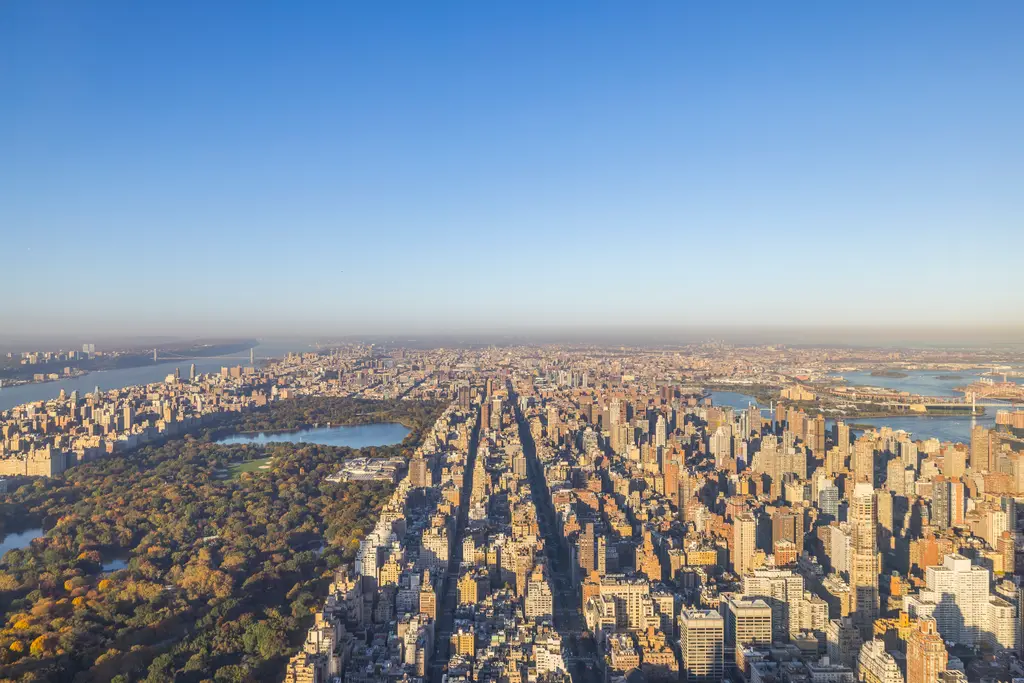
Would you like to tour any of these properties?
Just complete the info below.
Or call us at (212) 755-5544
Would you like to tour any of these properties?

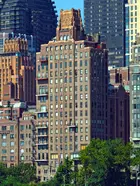
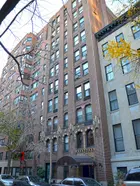
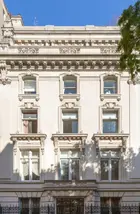

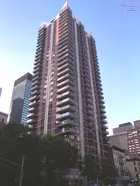
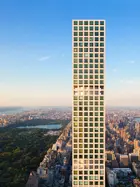
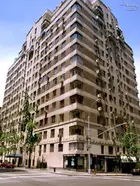
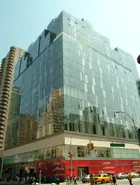
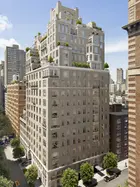

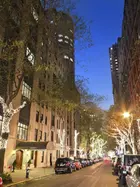
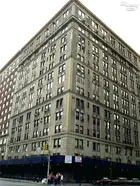
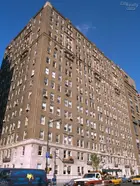
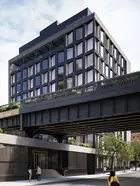
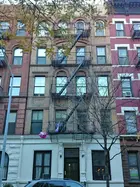

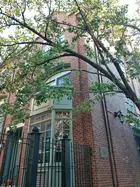
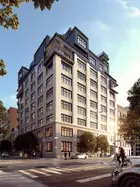
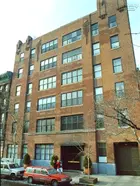
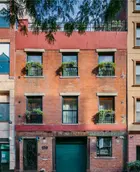
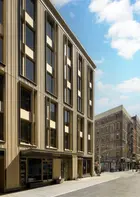
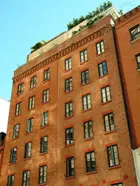
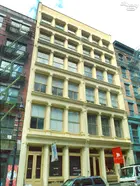
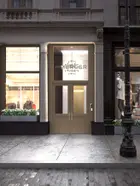
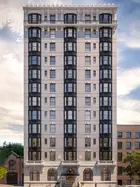
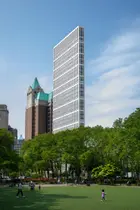


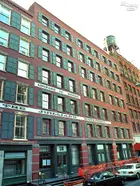
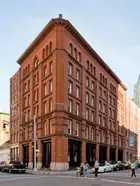
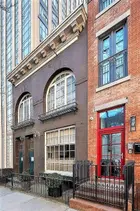
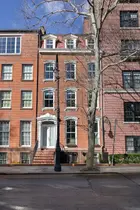
 6sqft delivers the latest on real estate, architecture, and design, straight from New York City.
6sqft delivers the latest on real estate, architecture, and design, straight from New York City.
